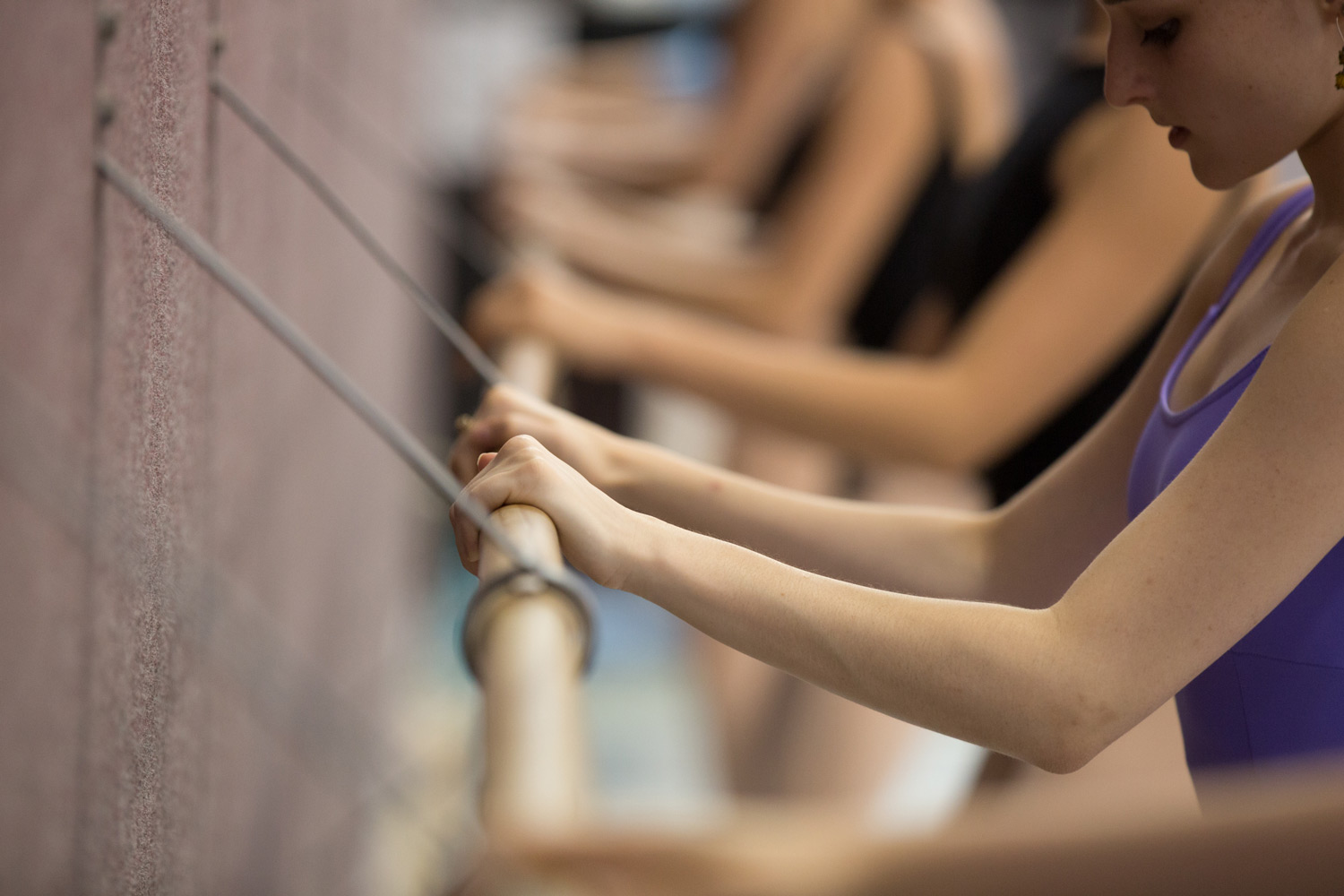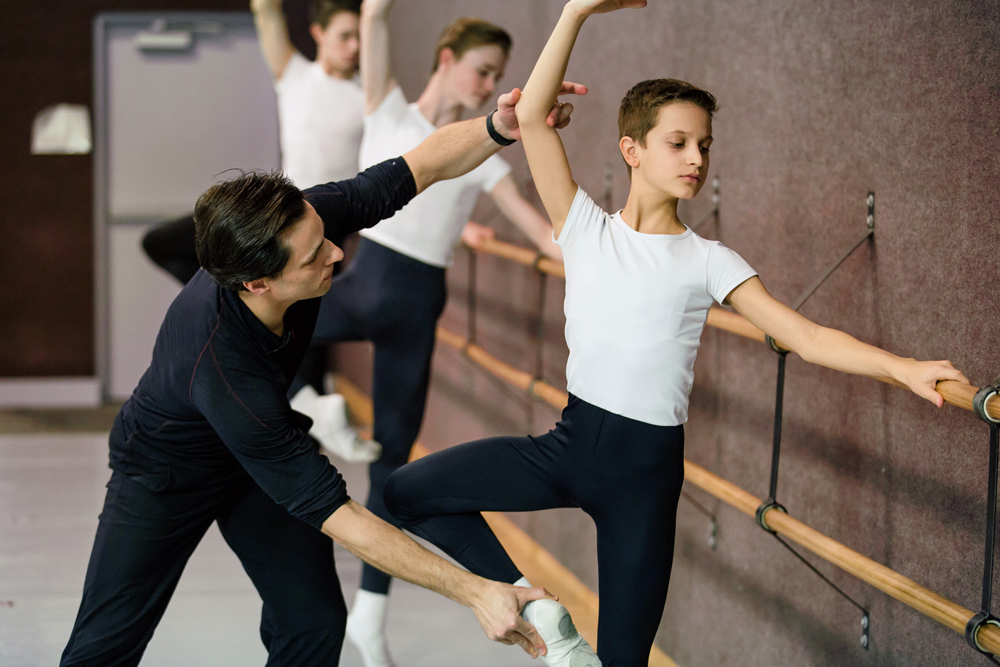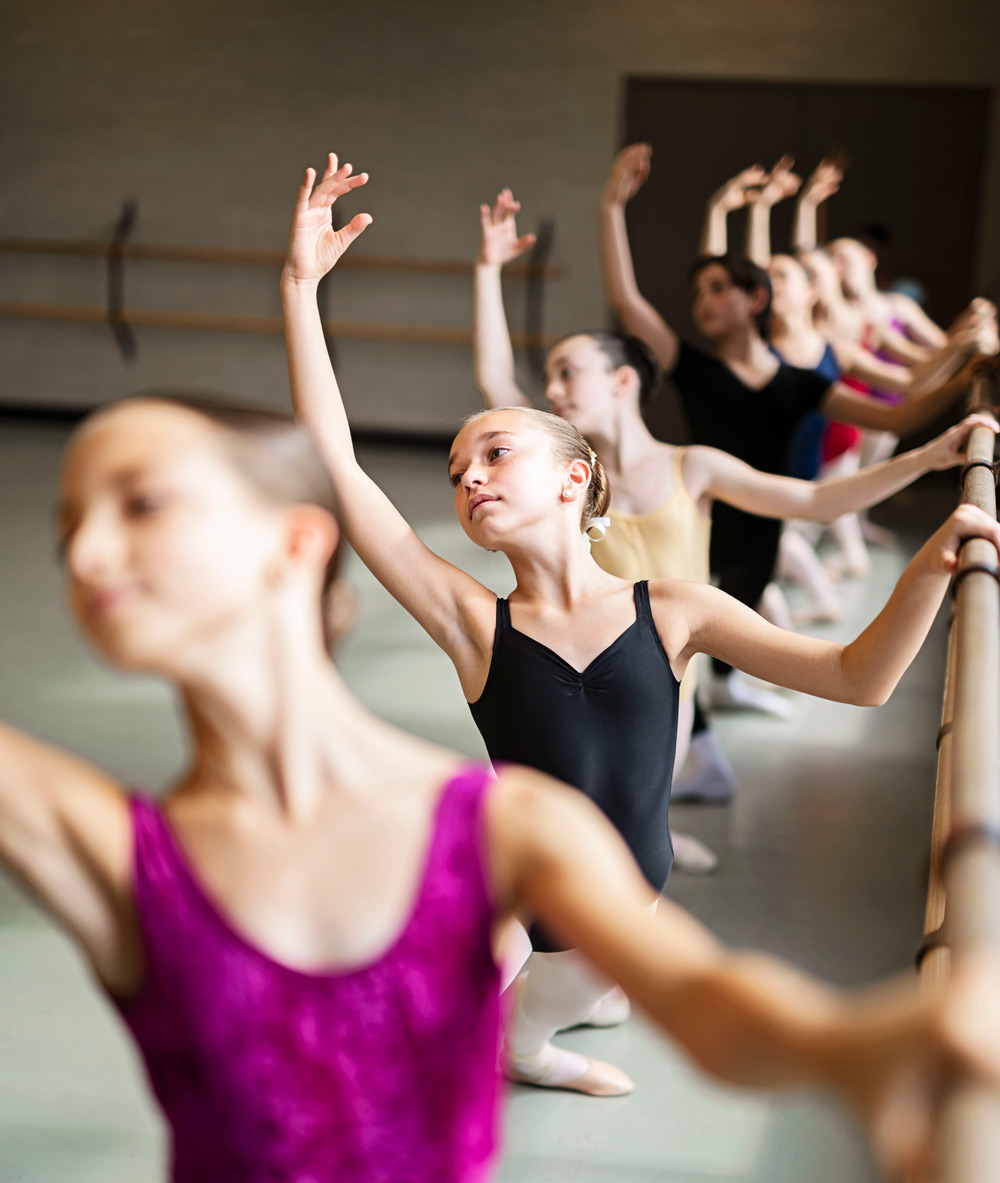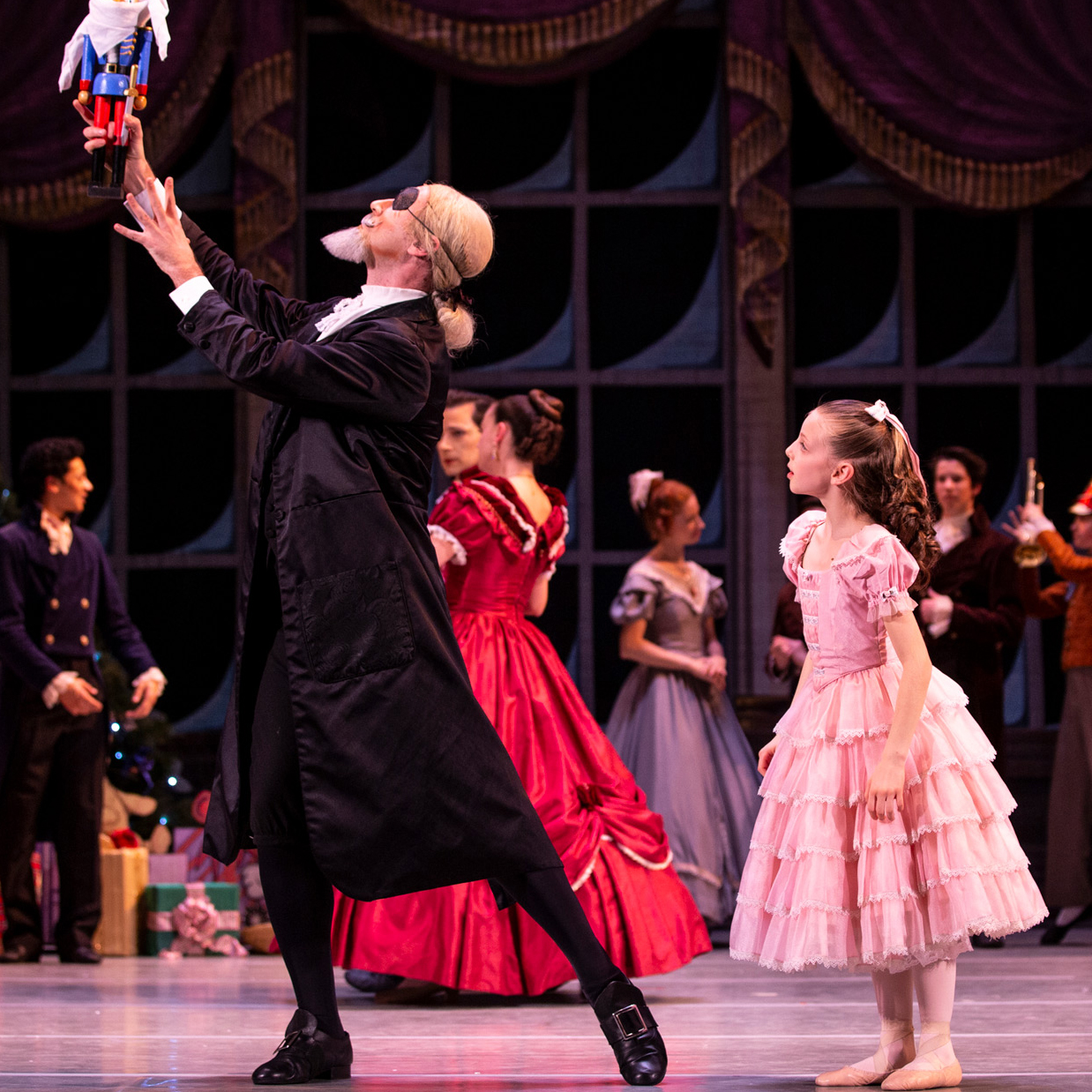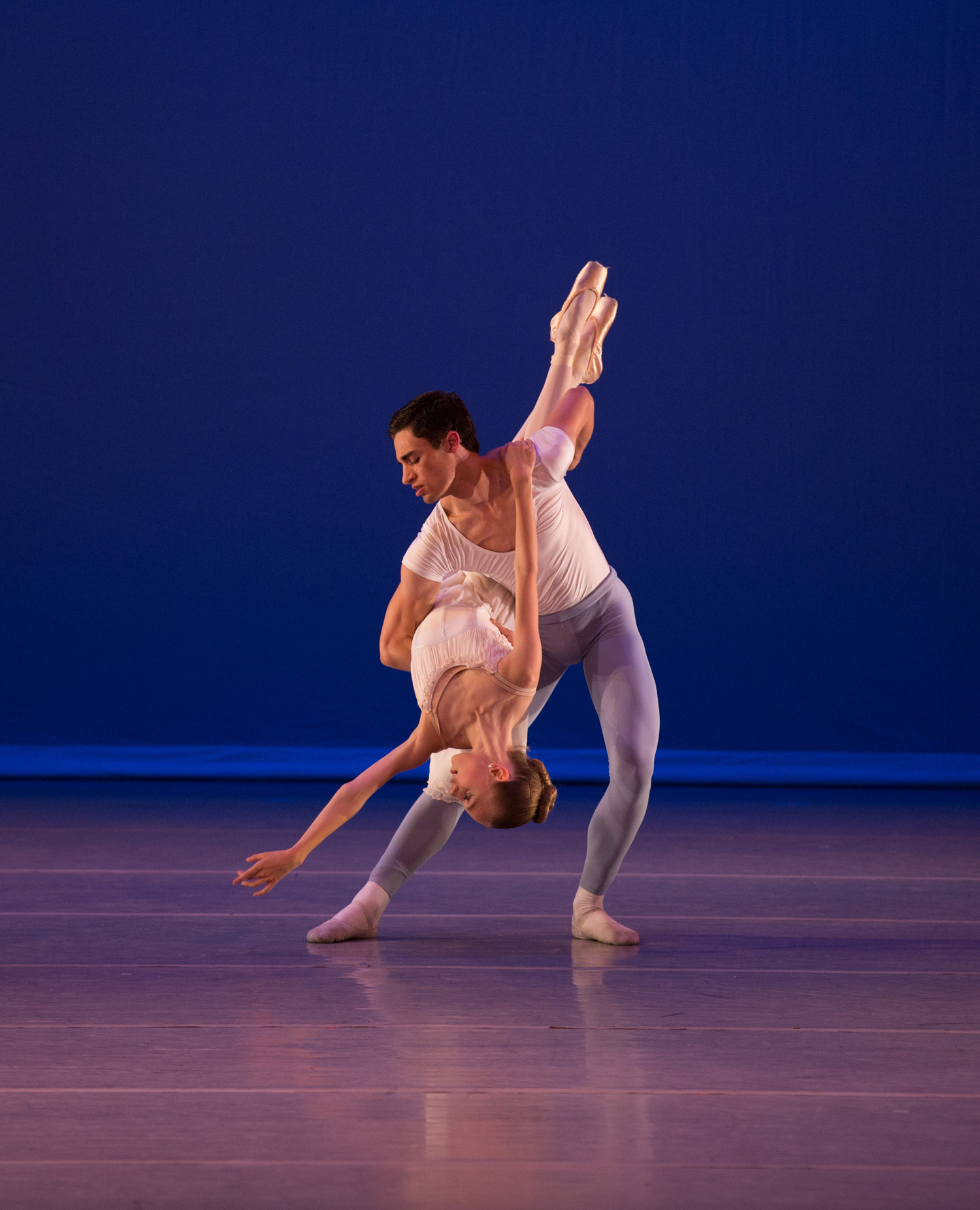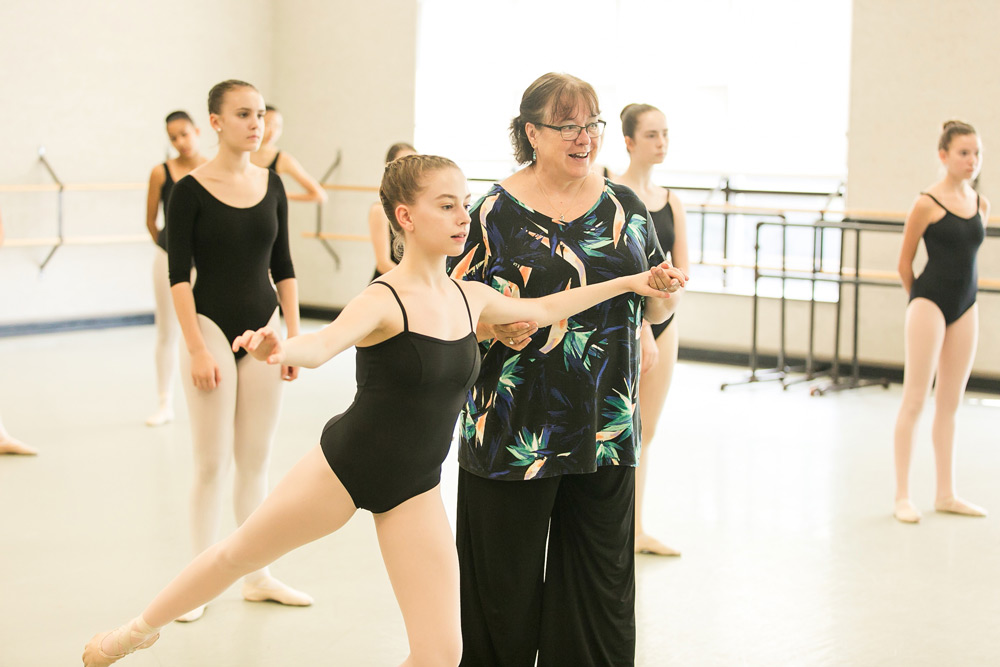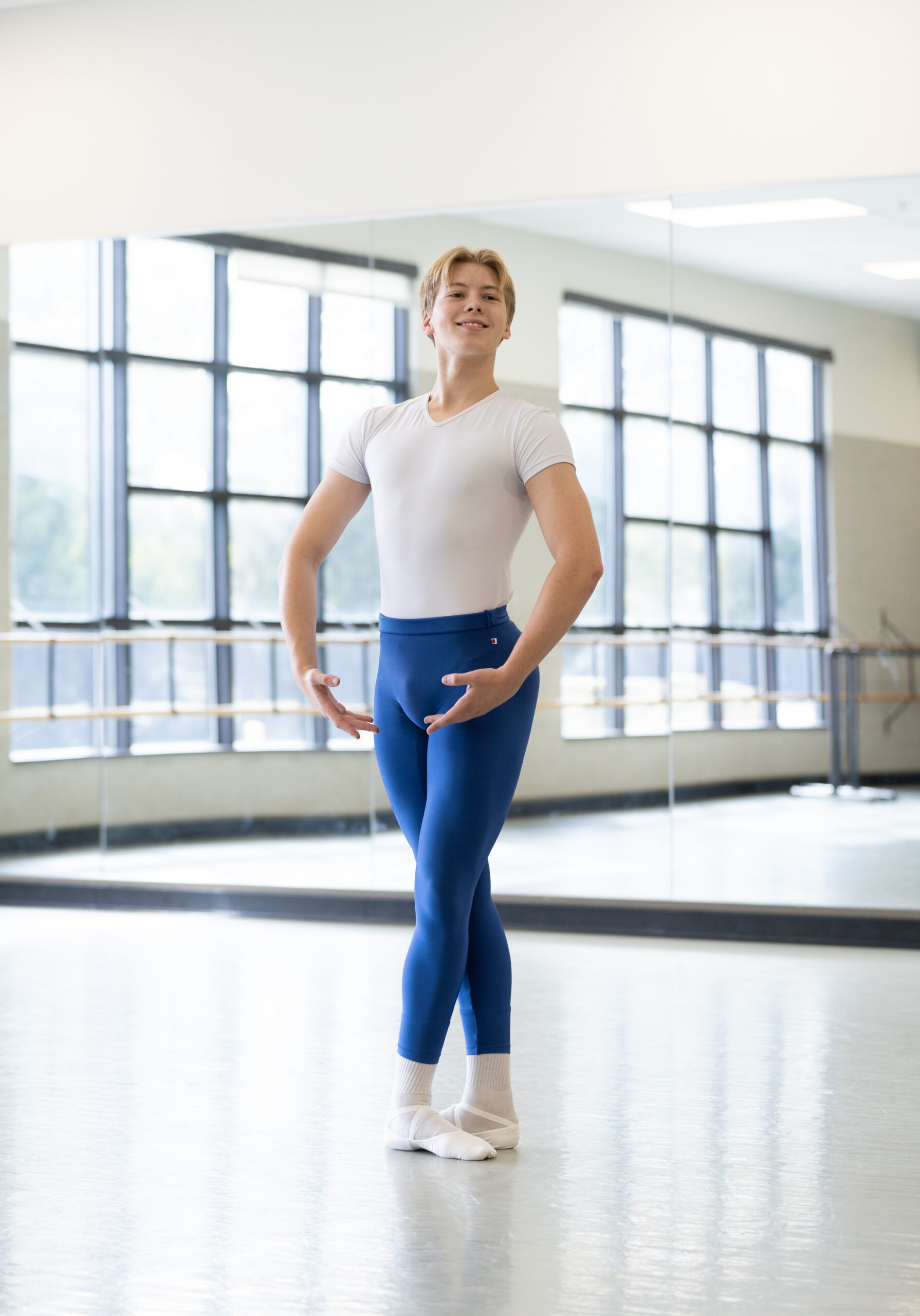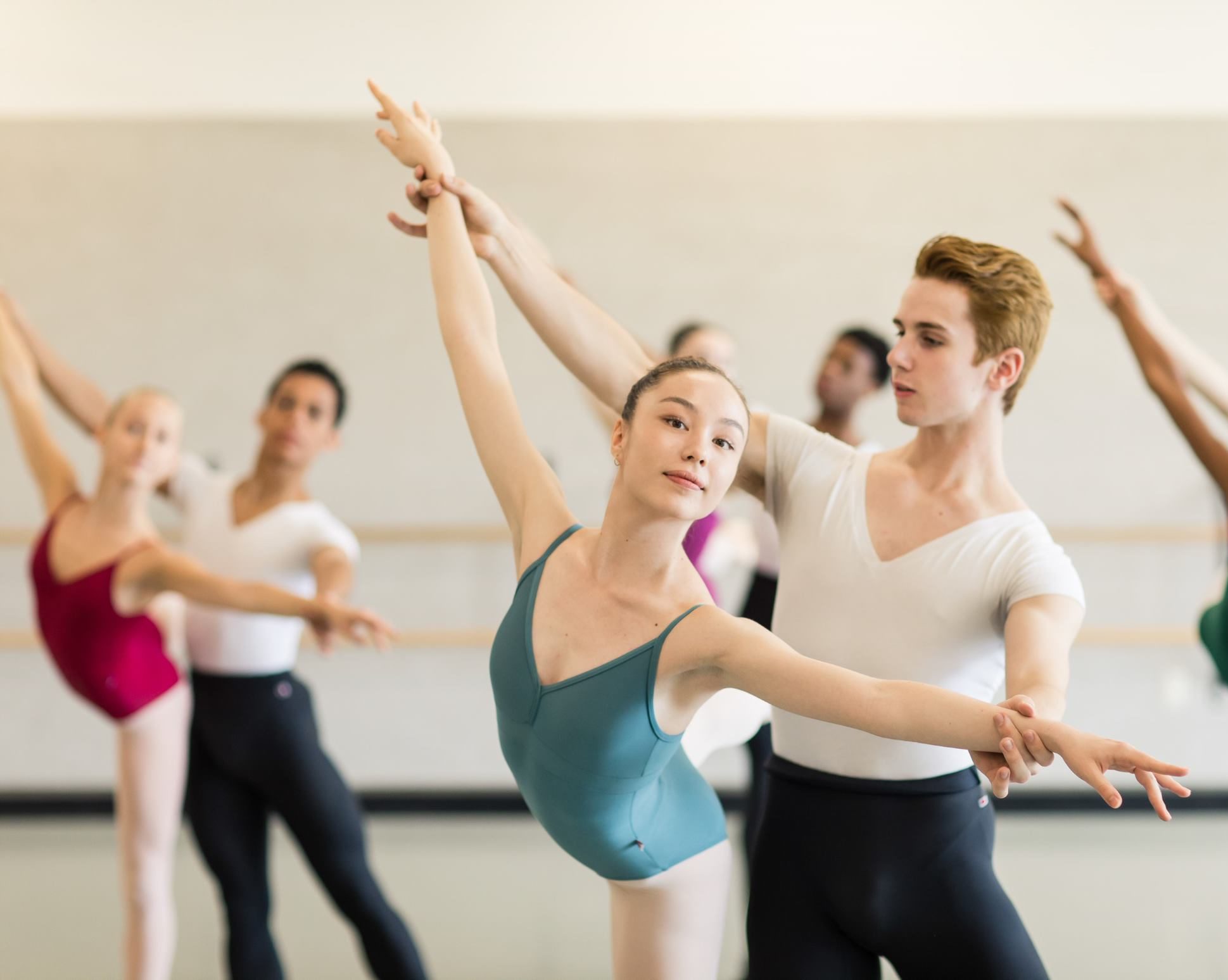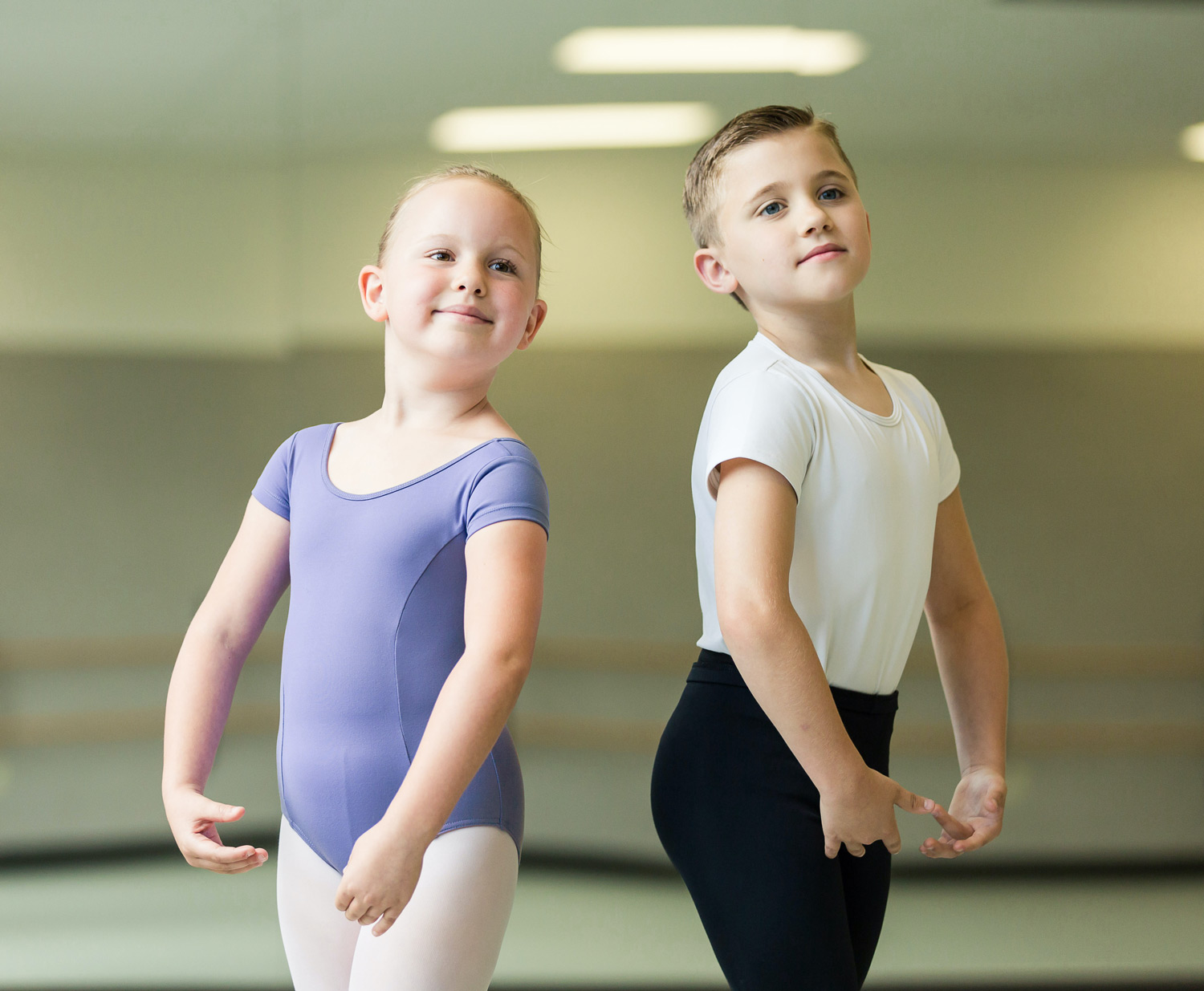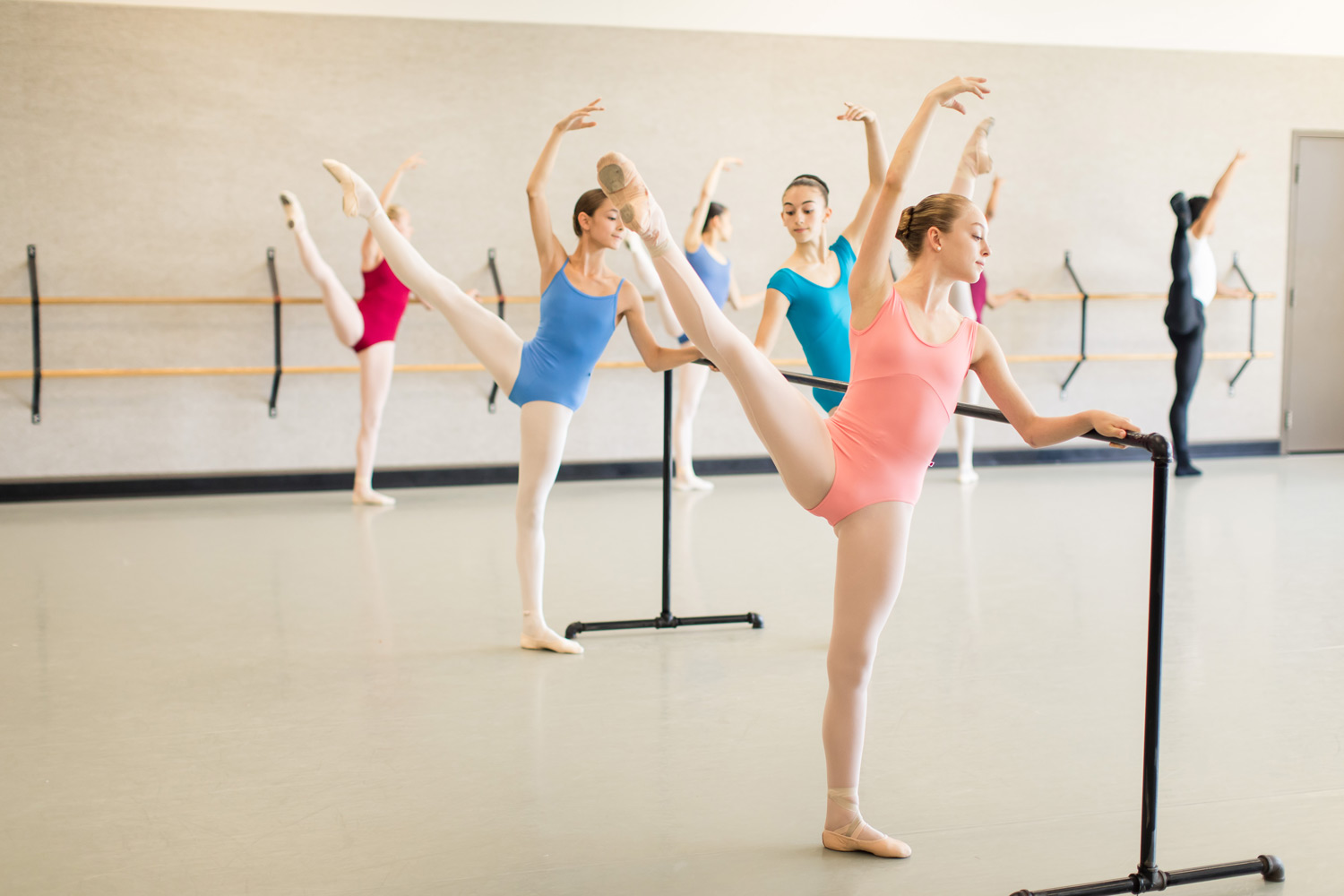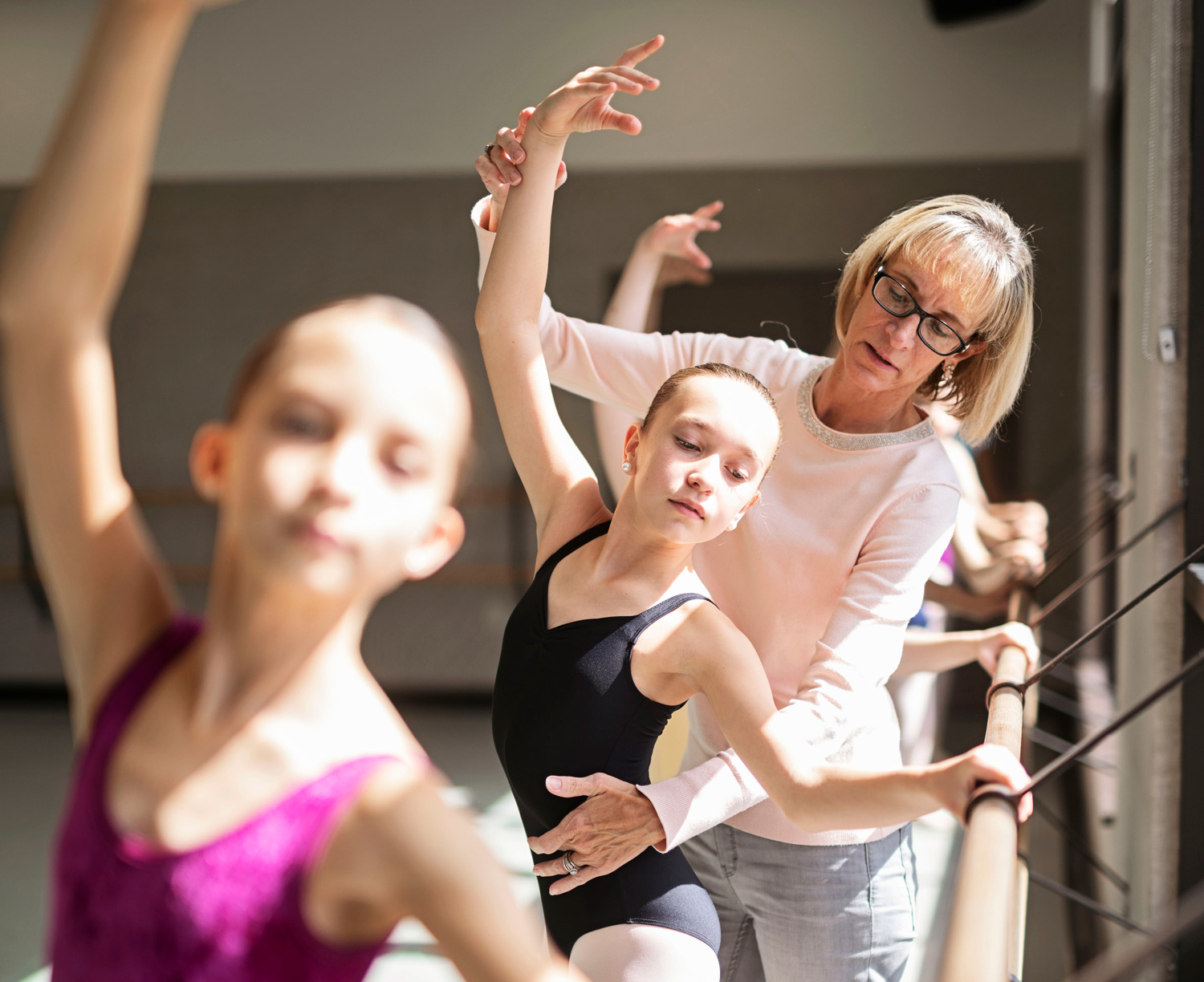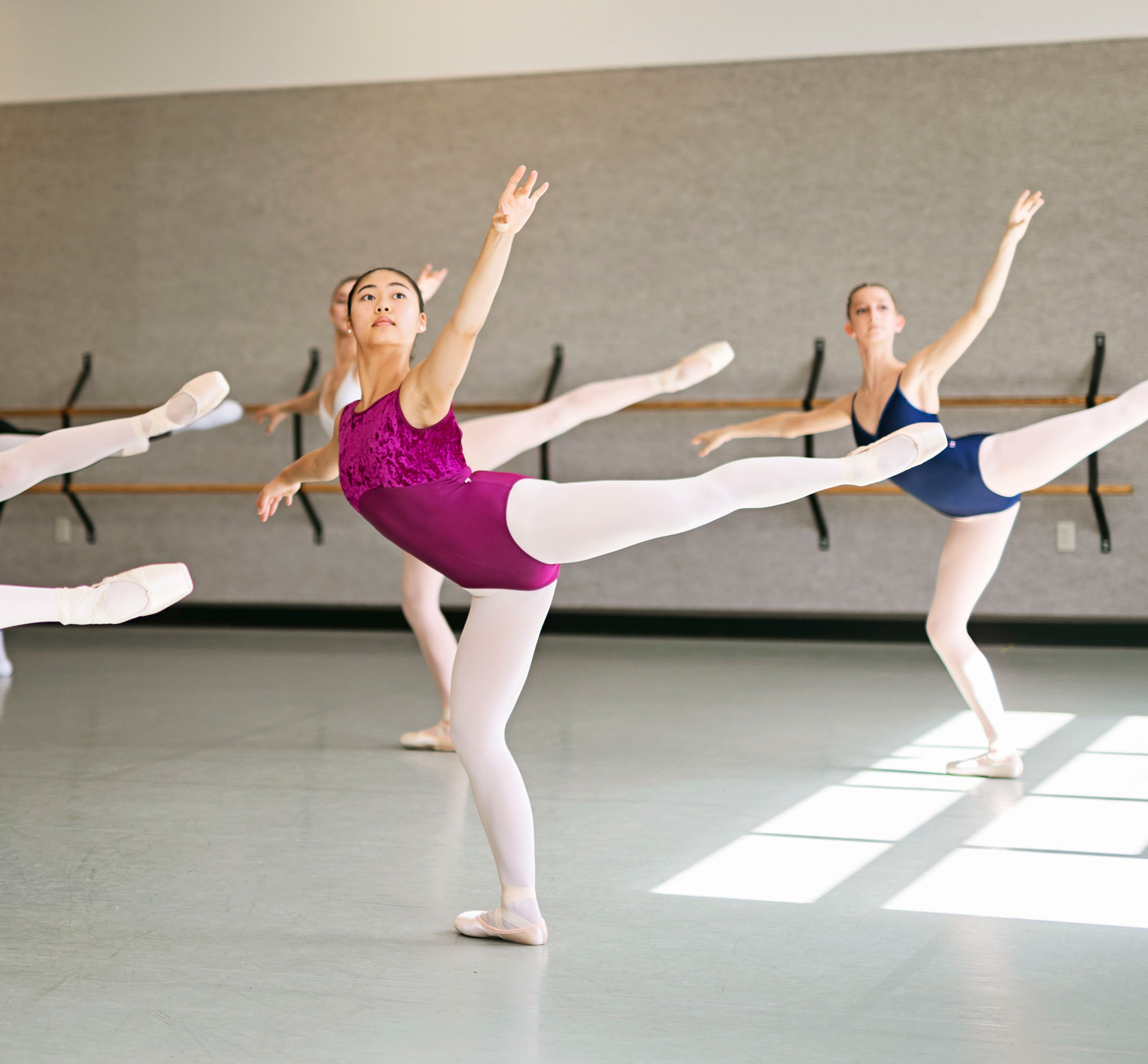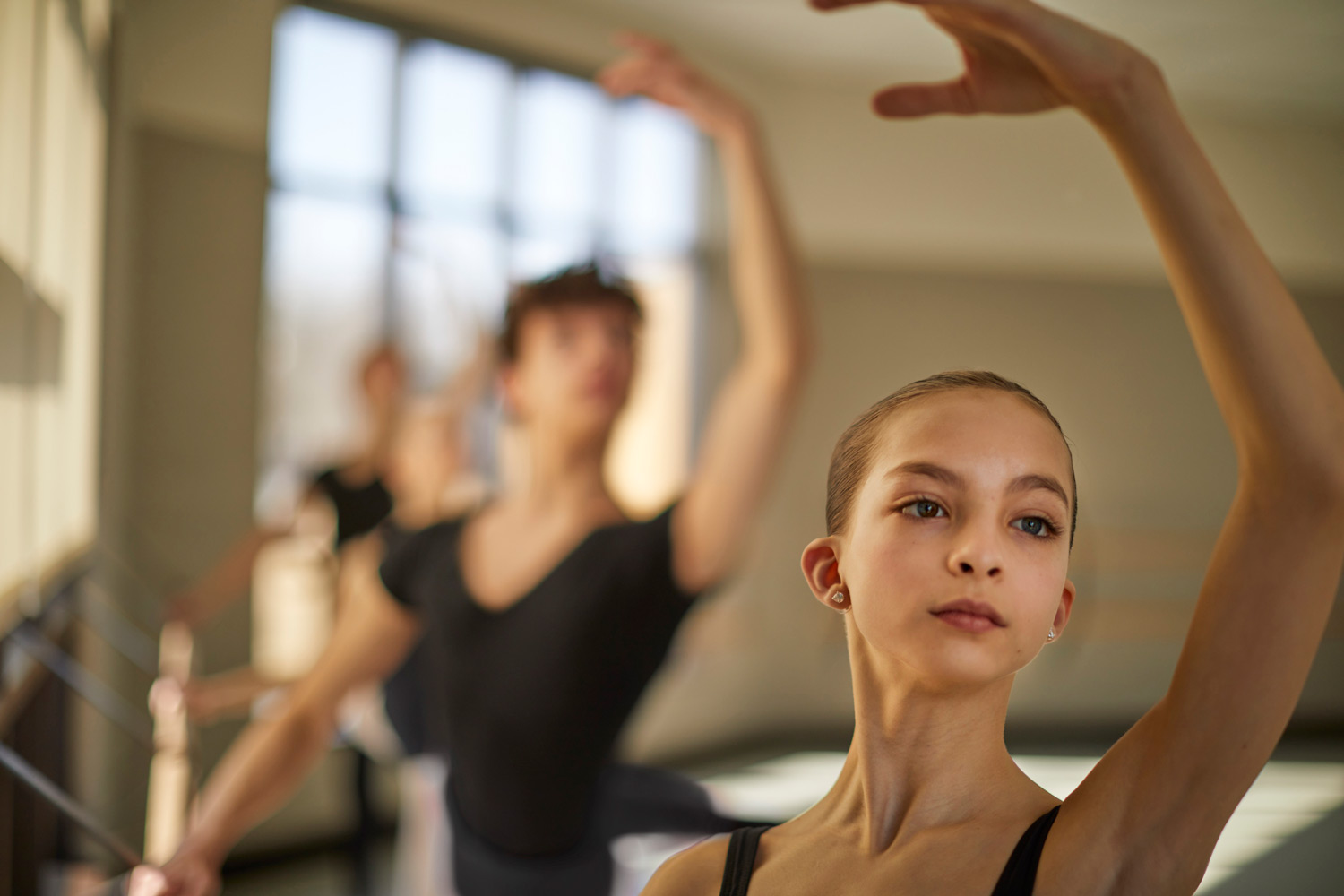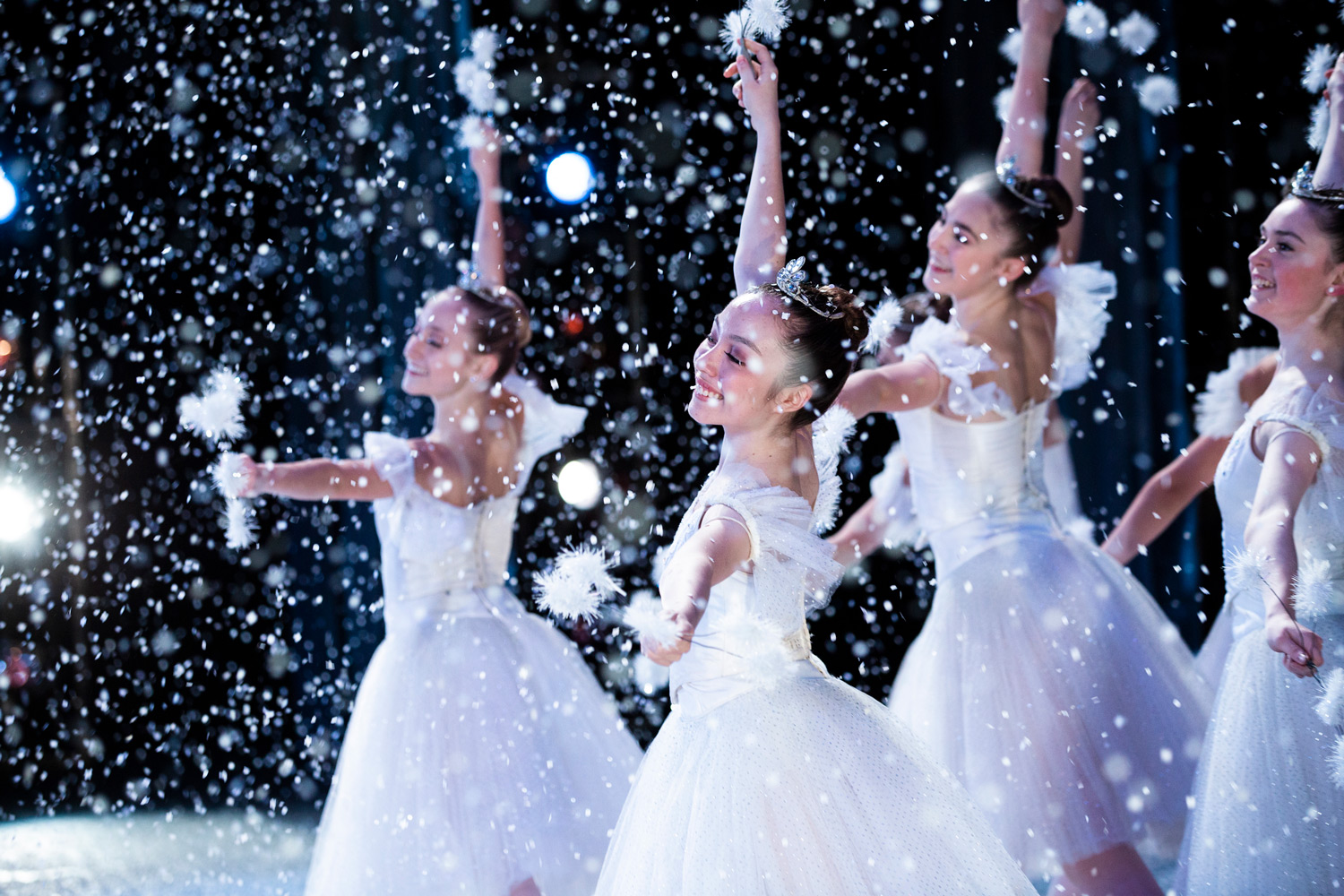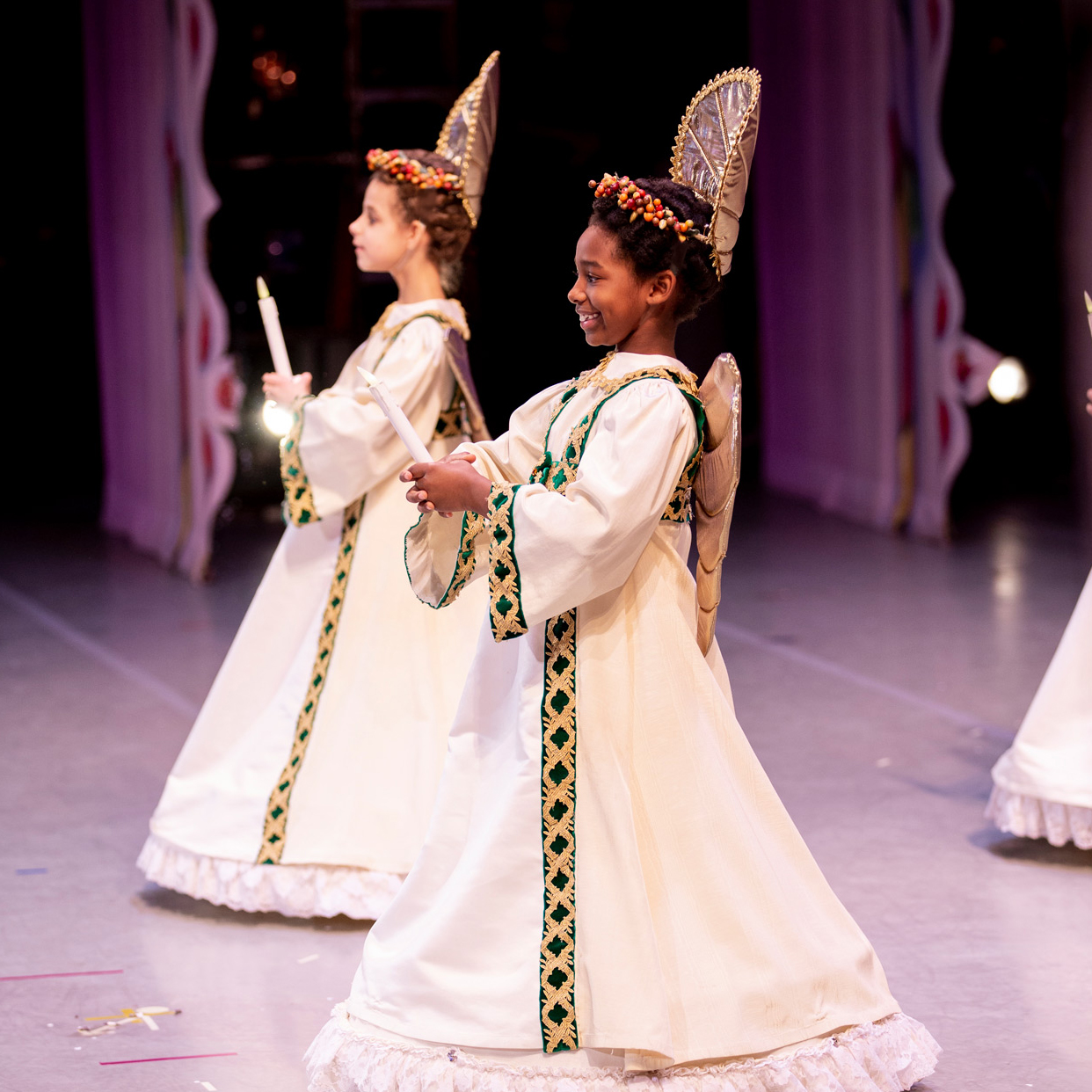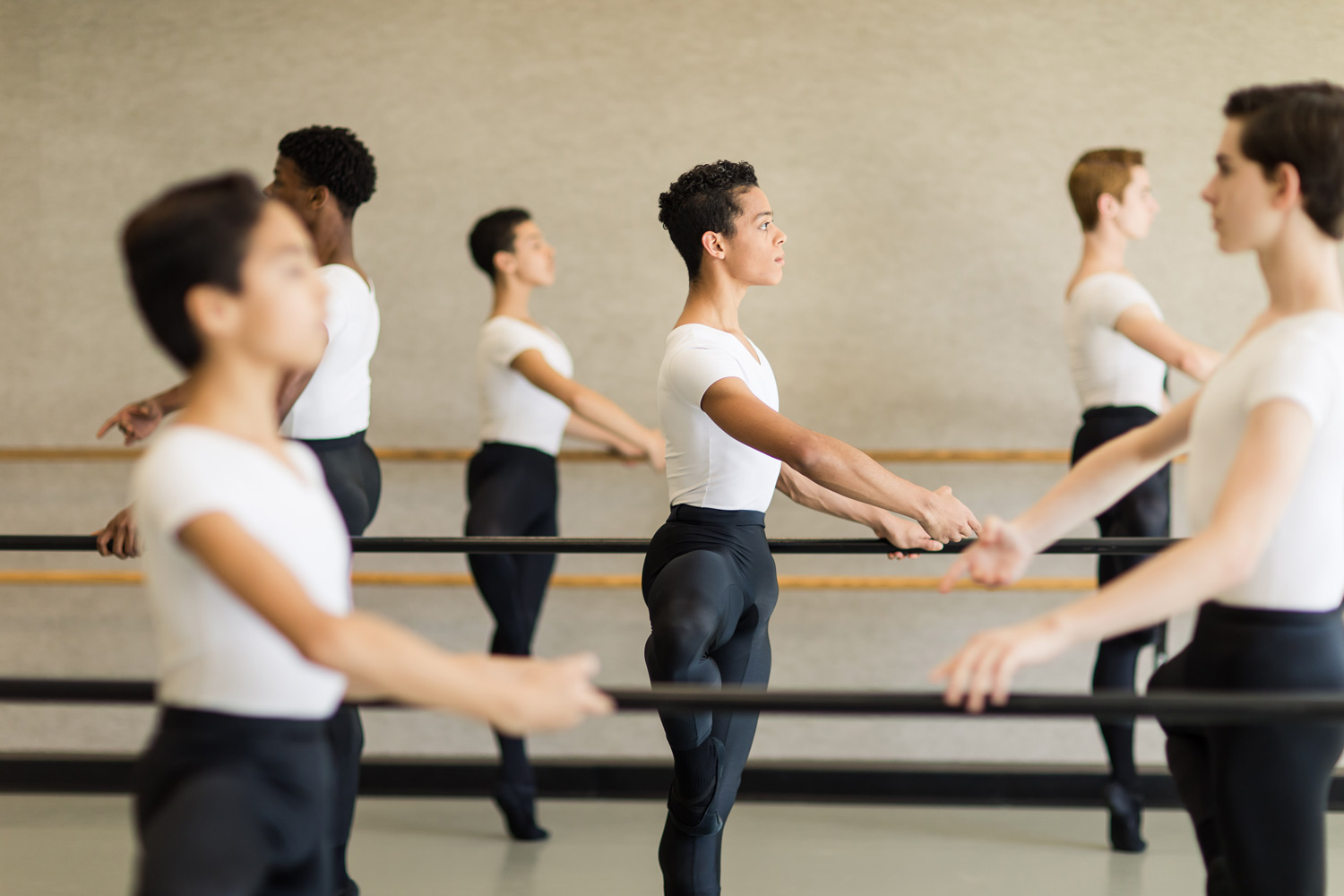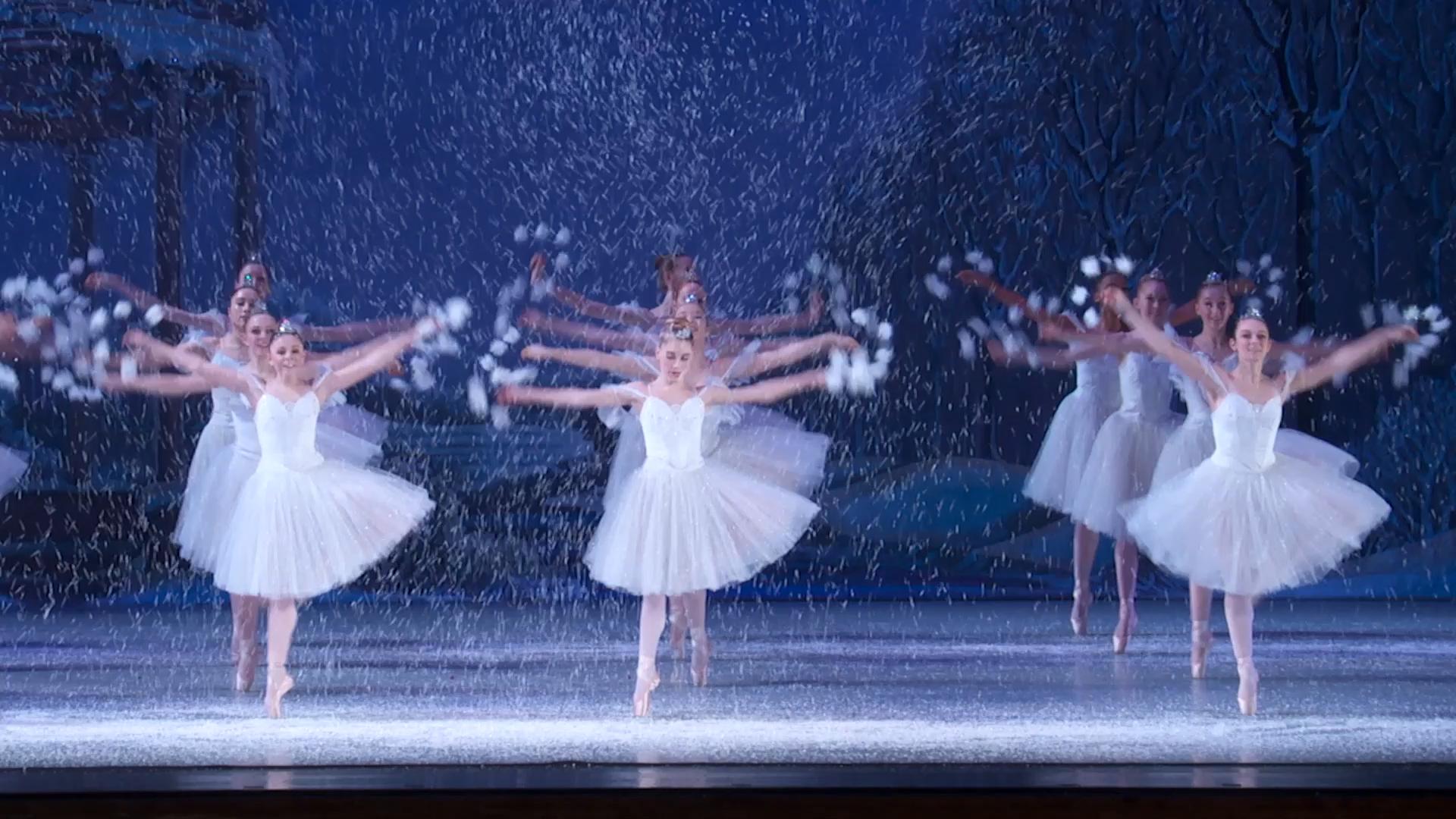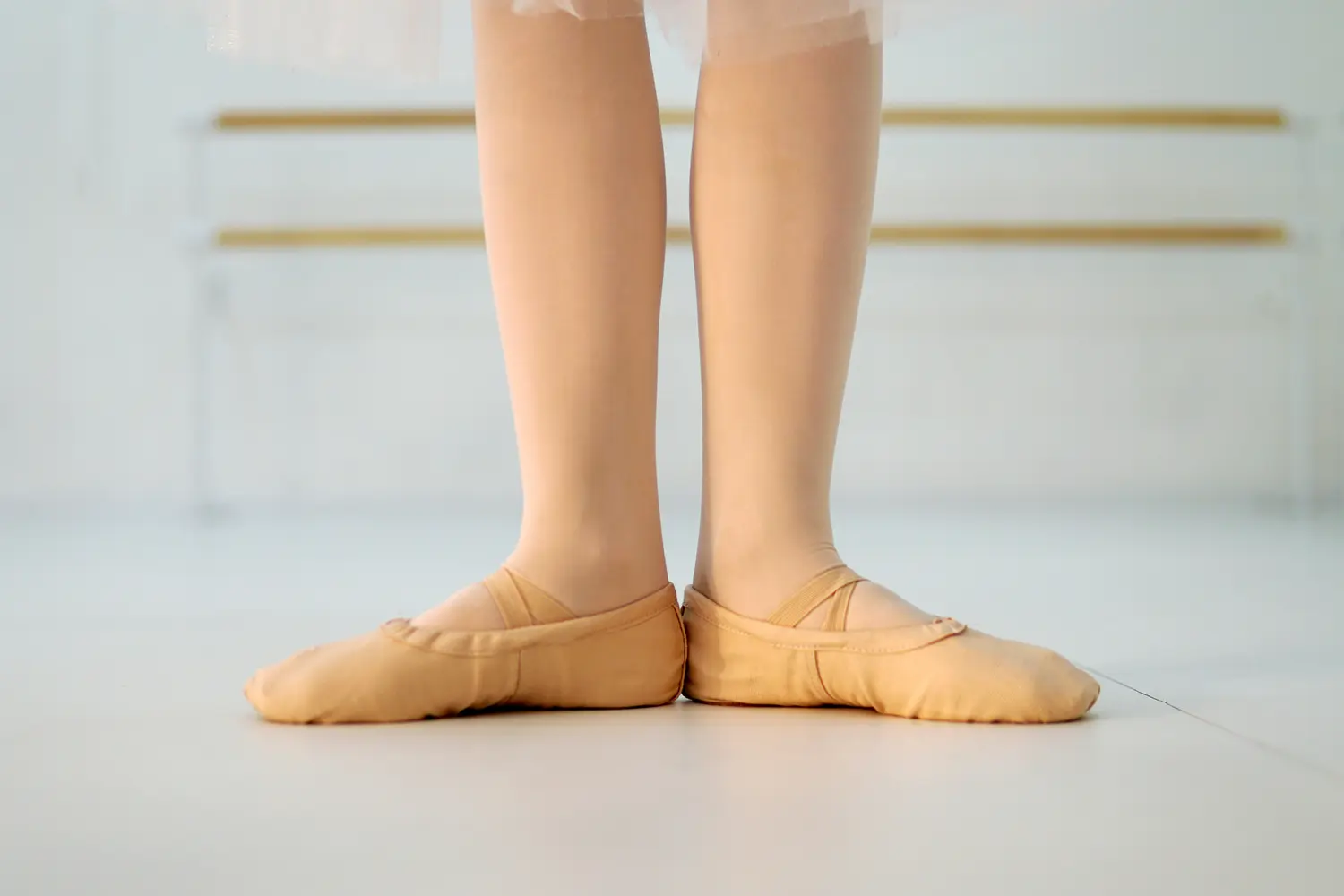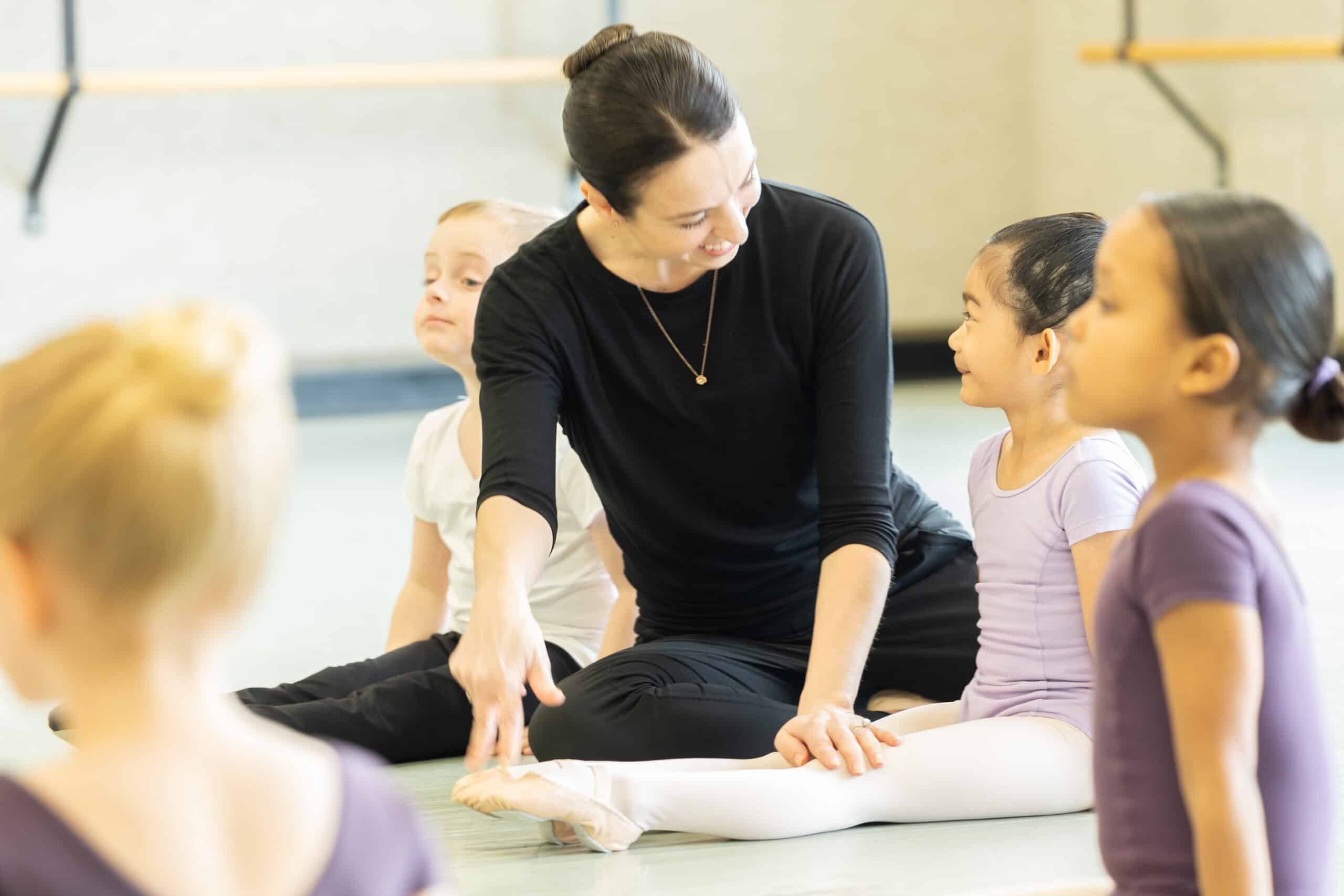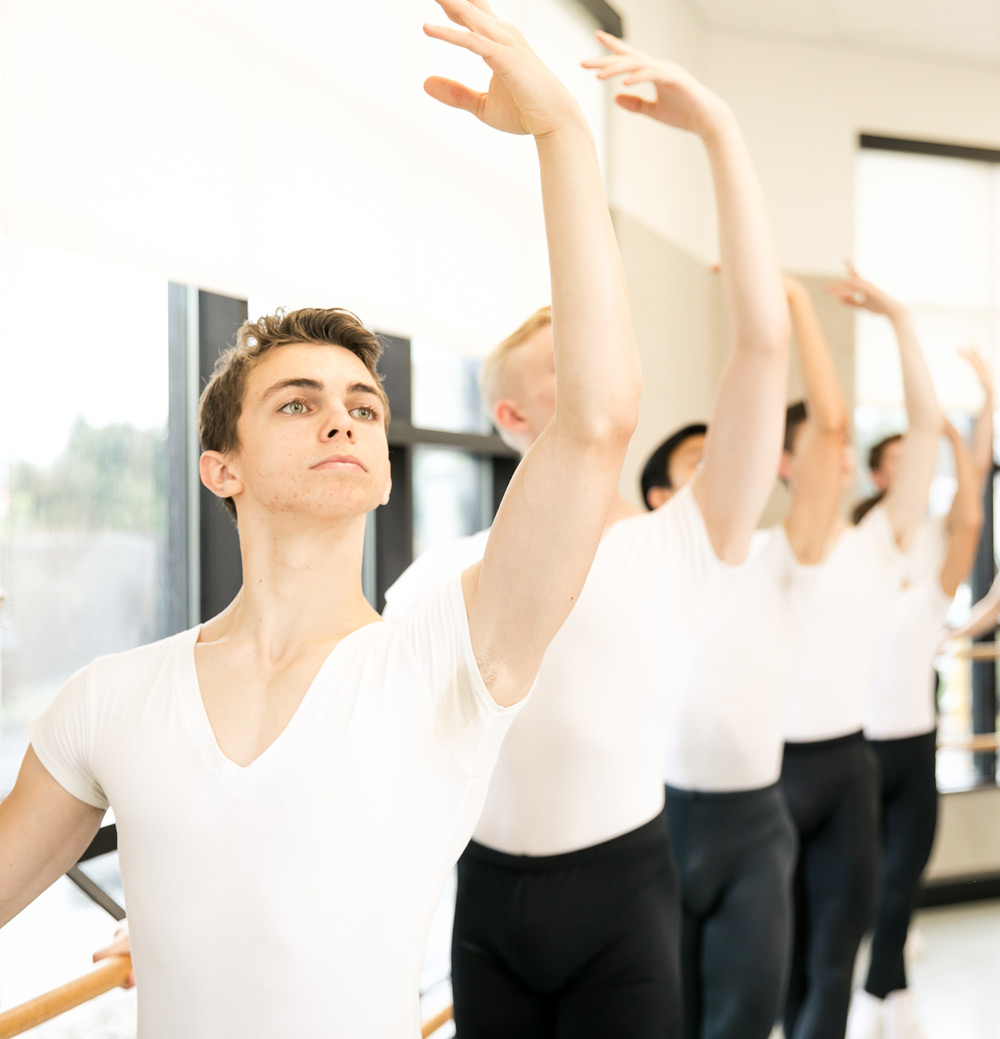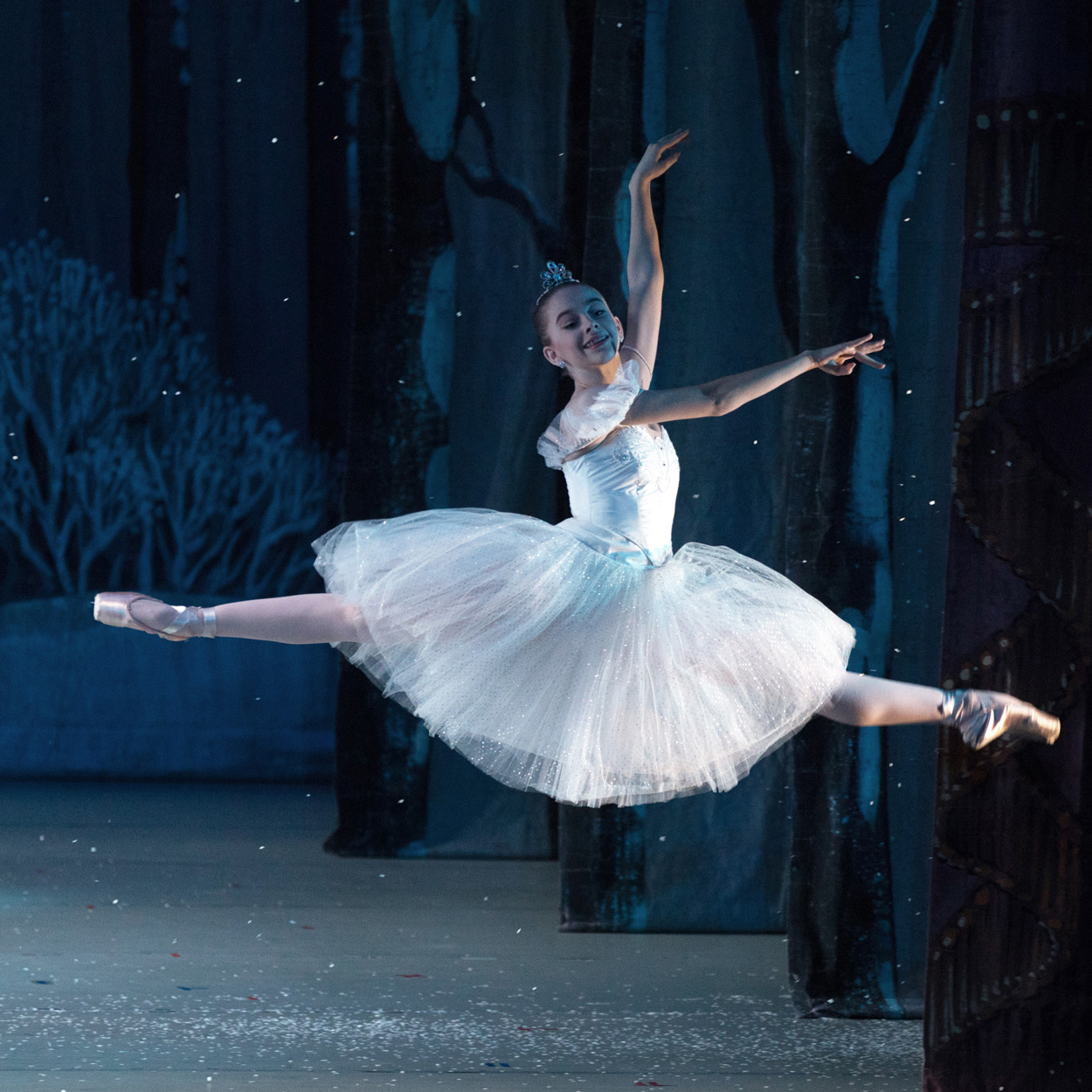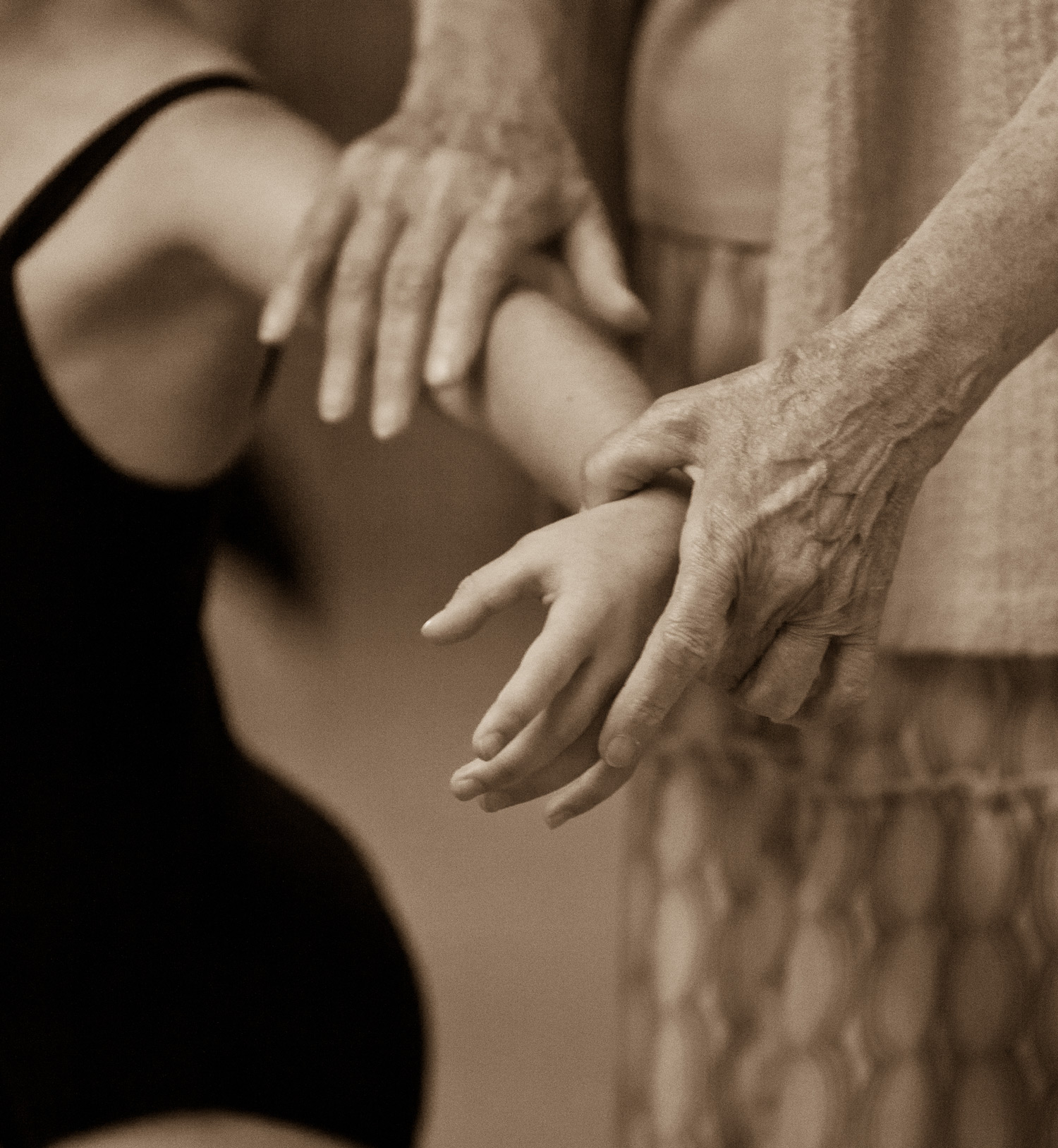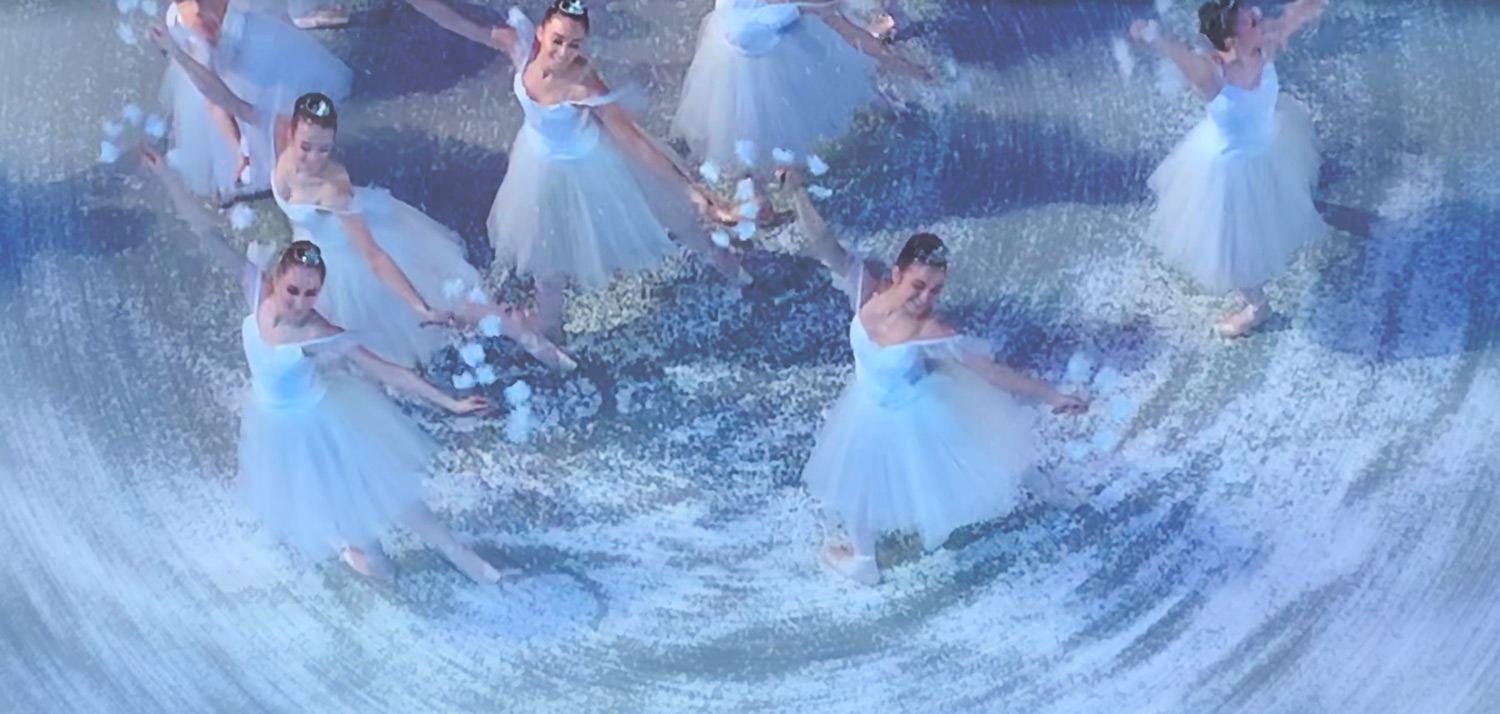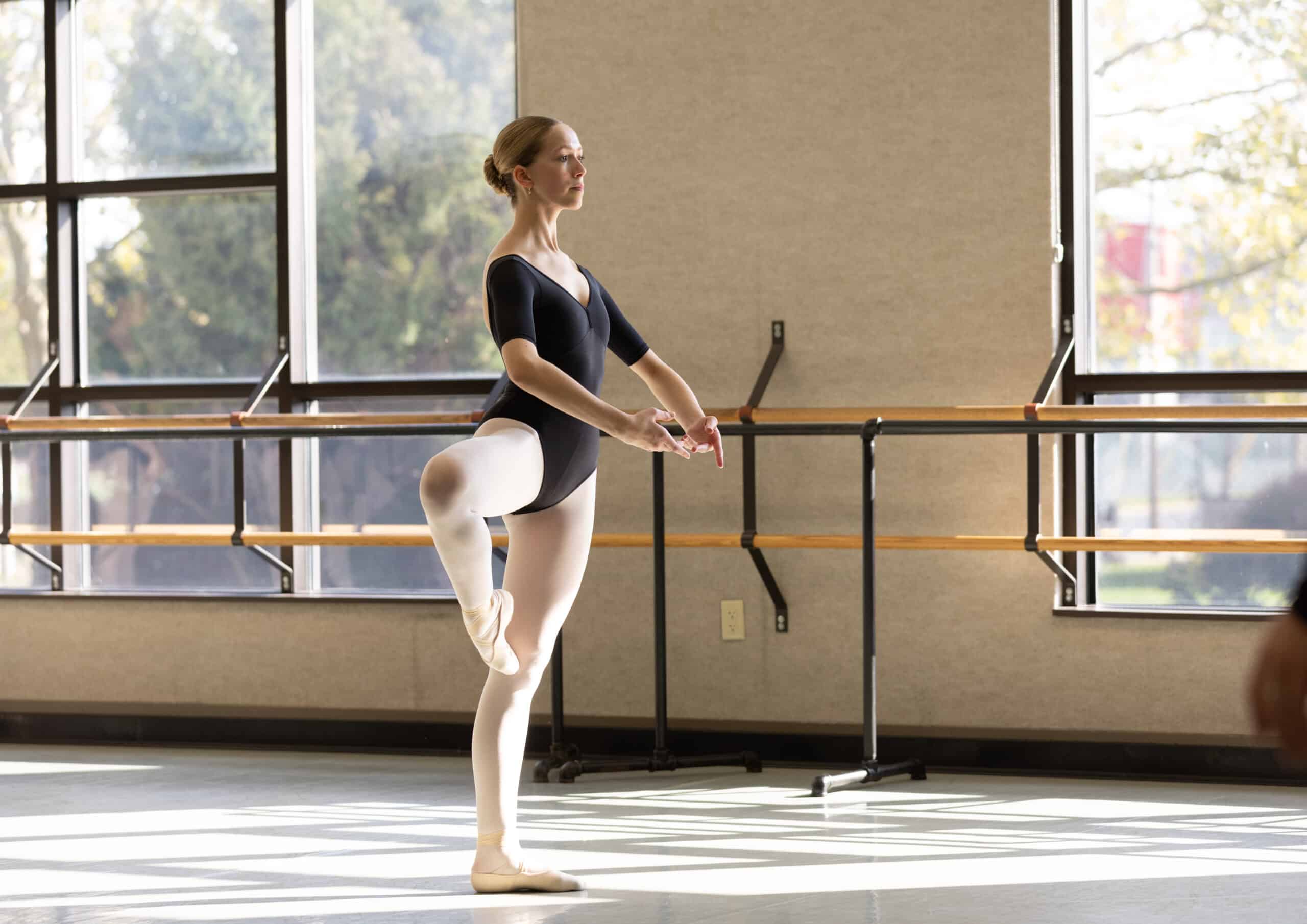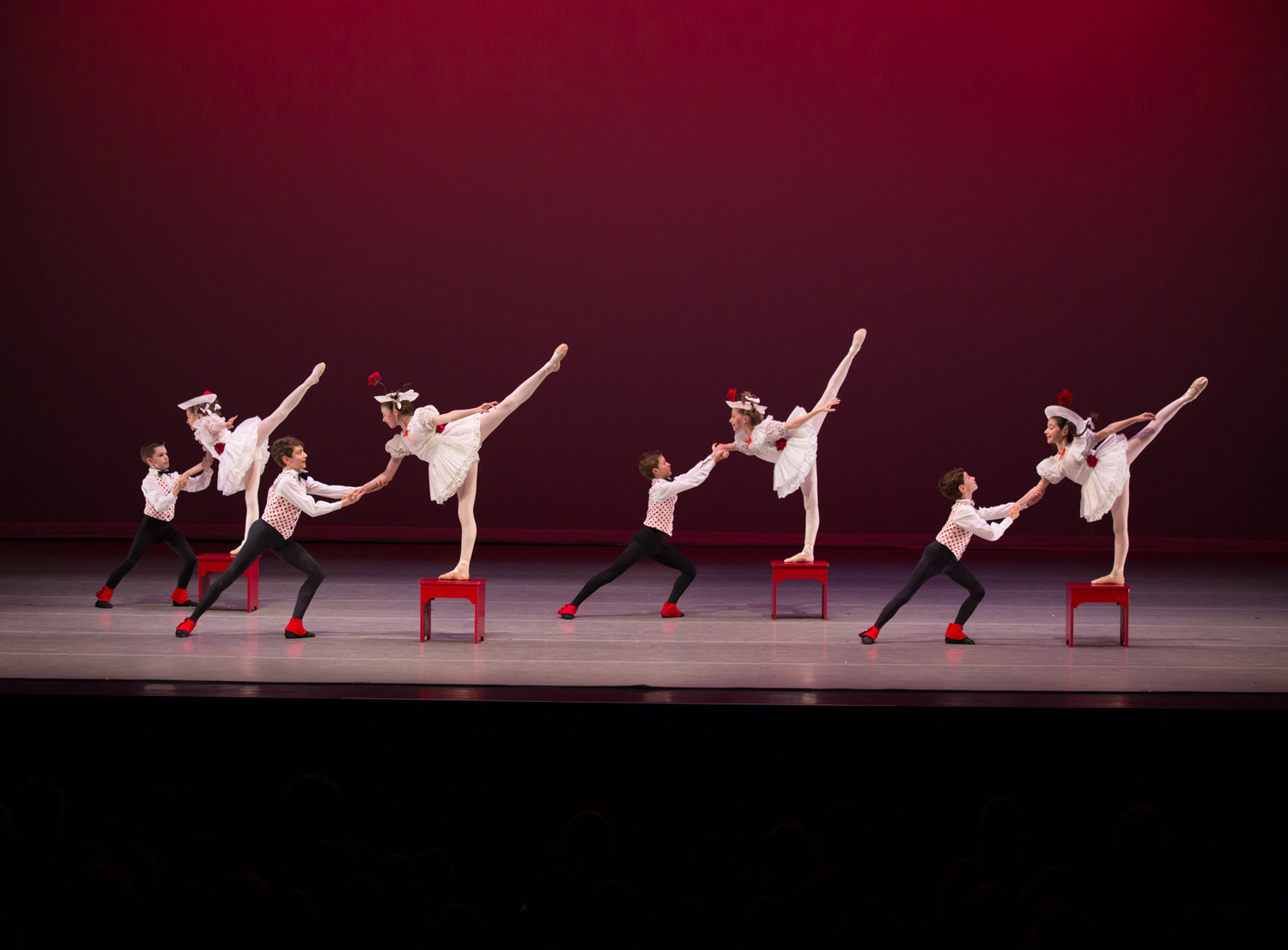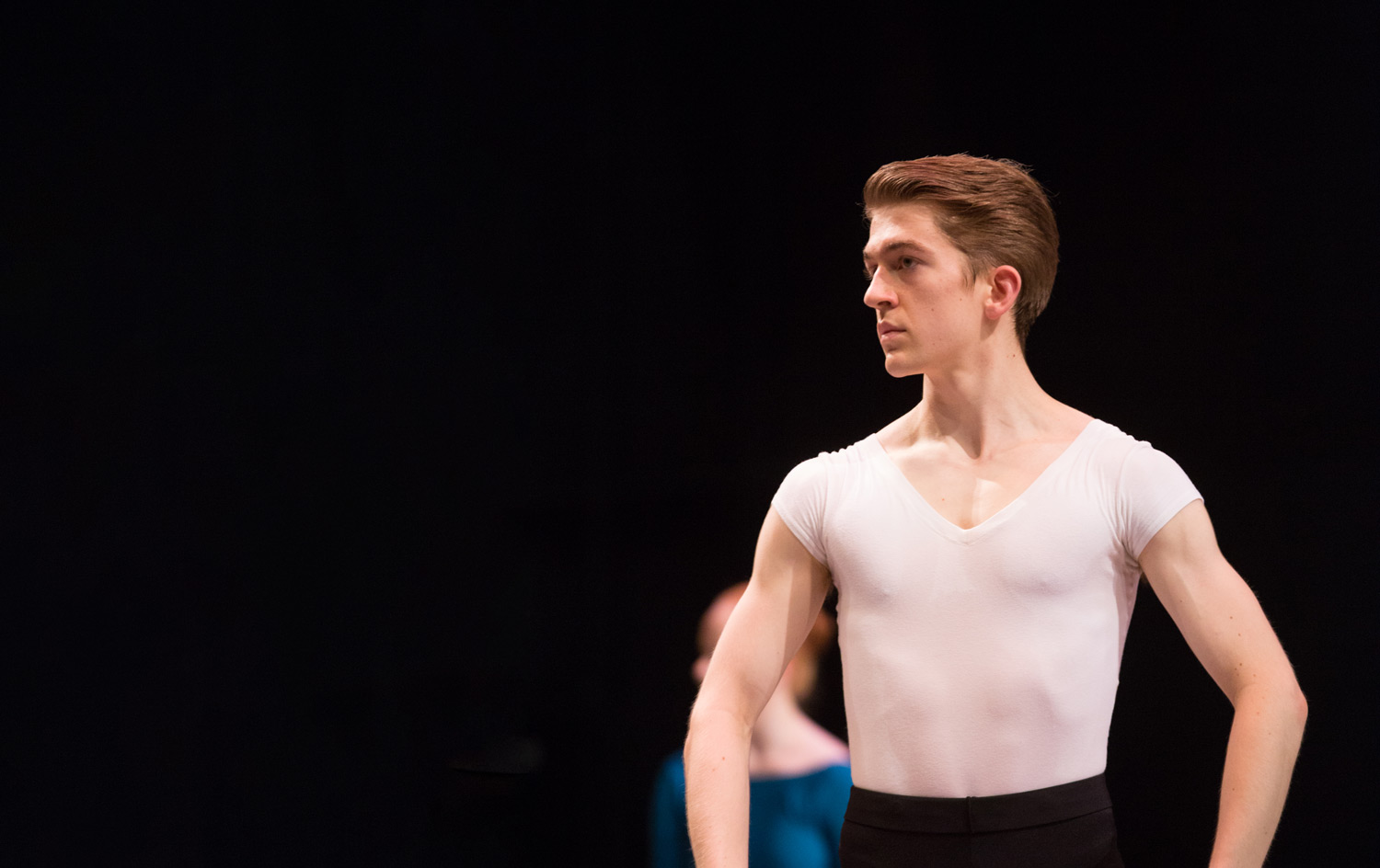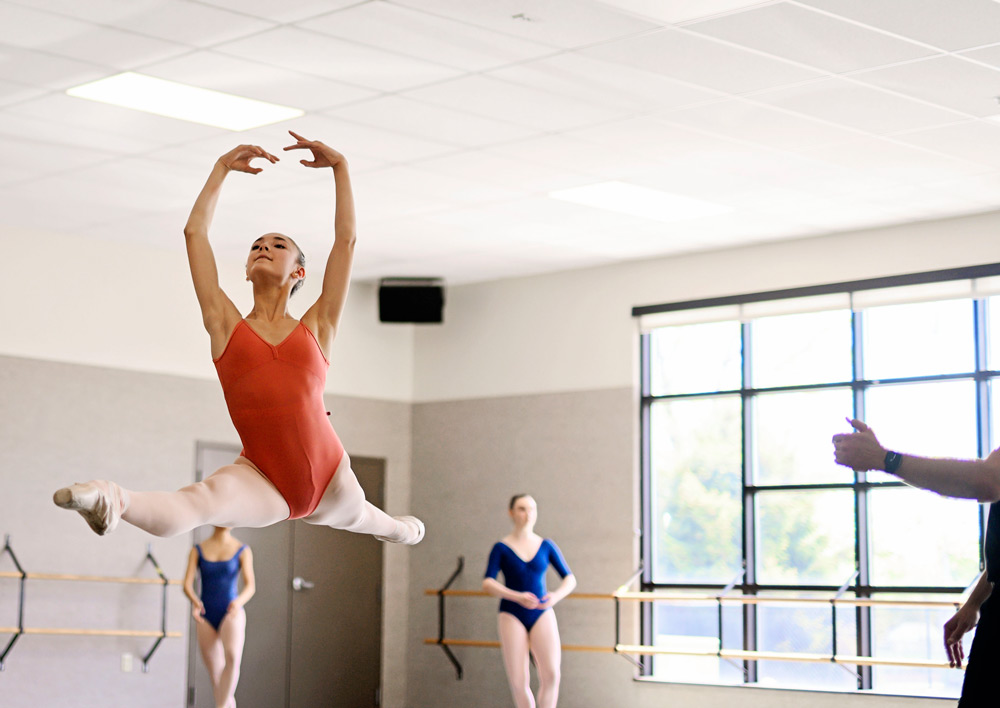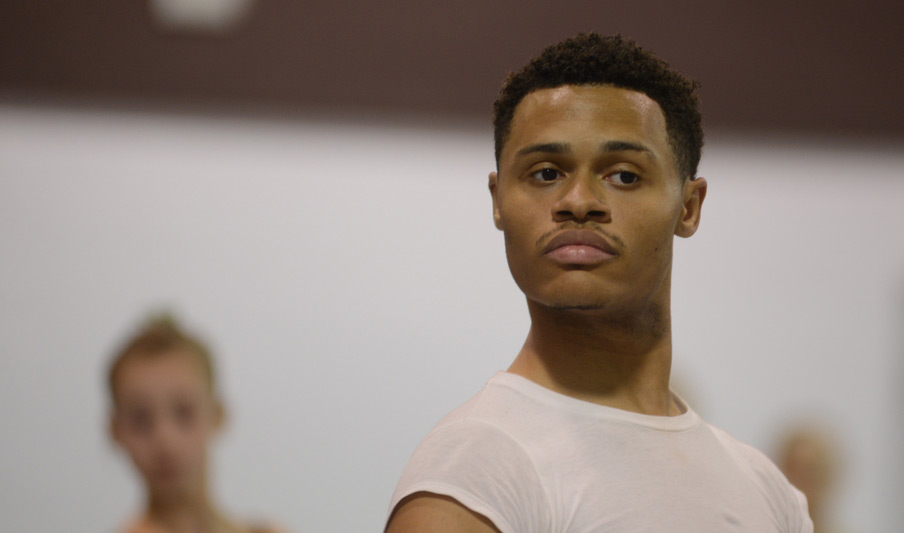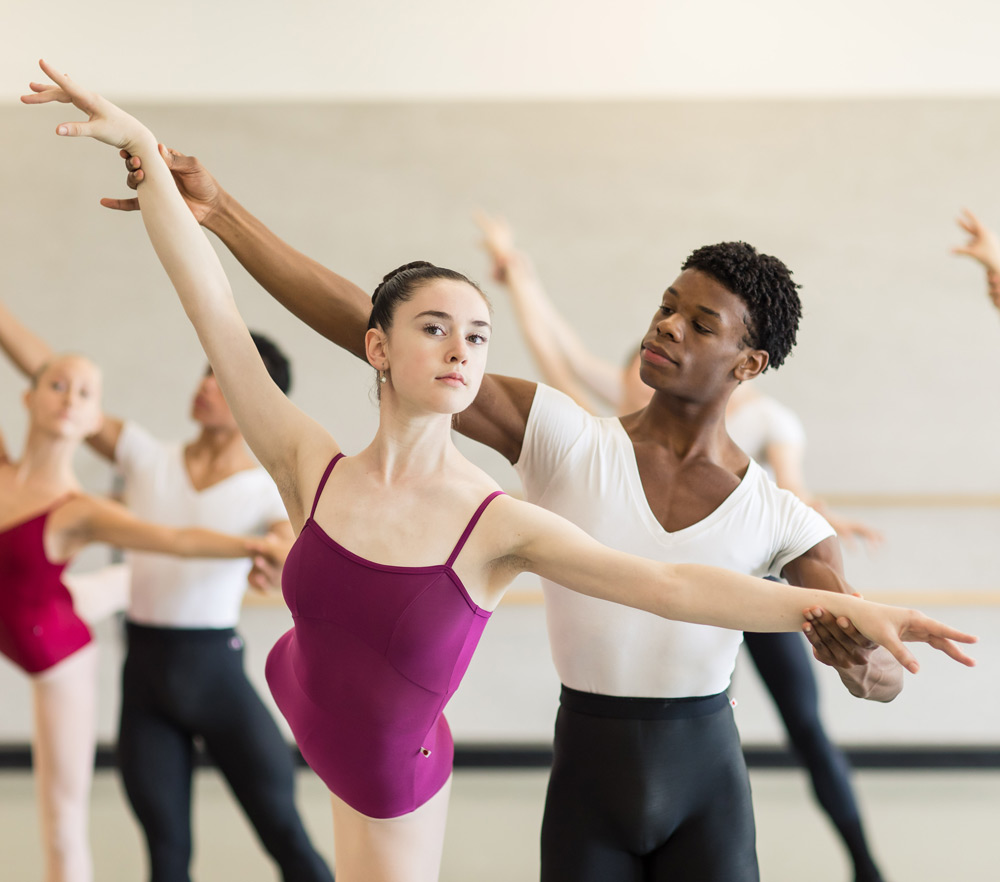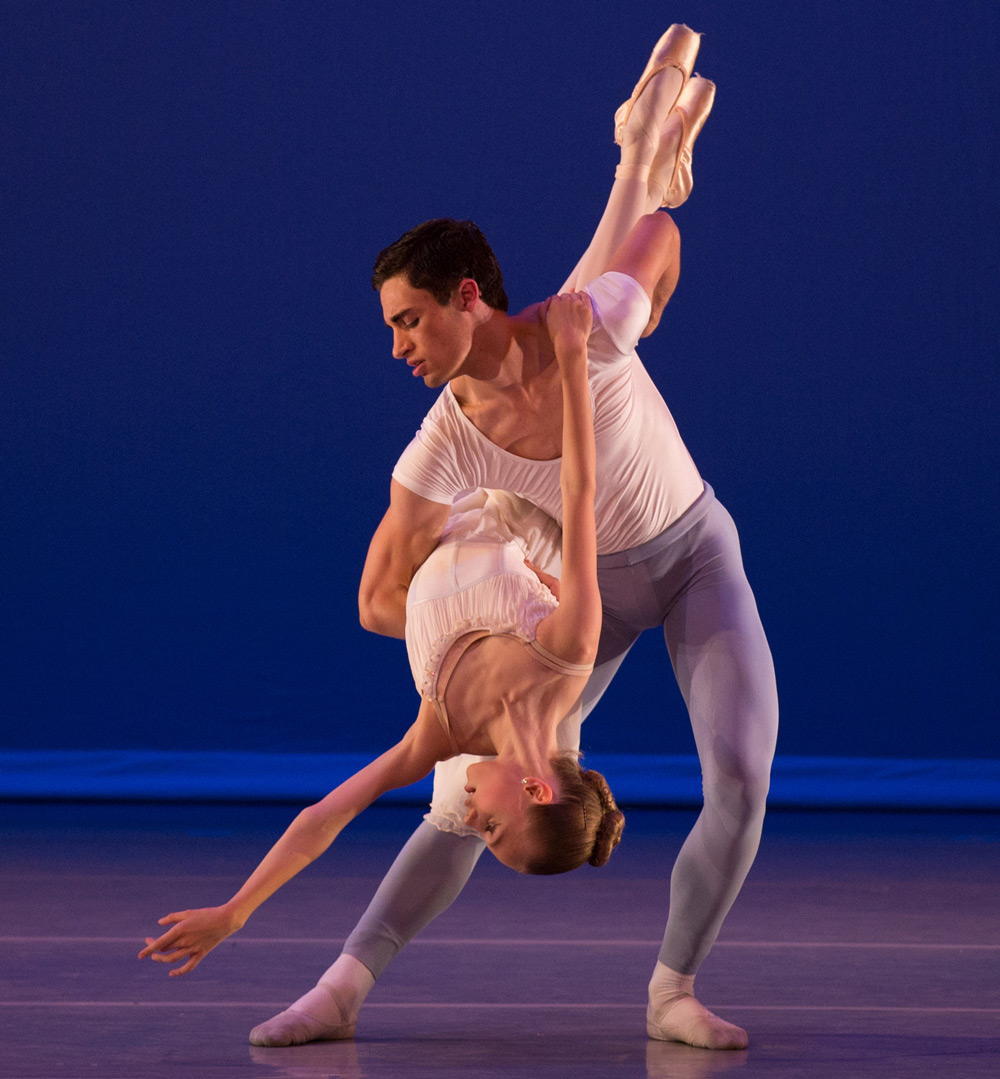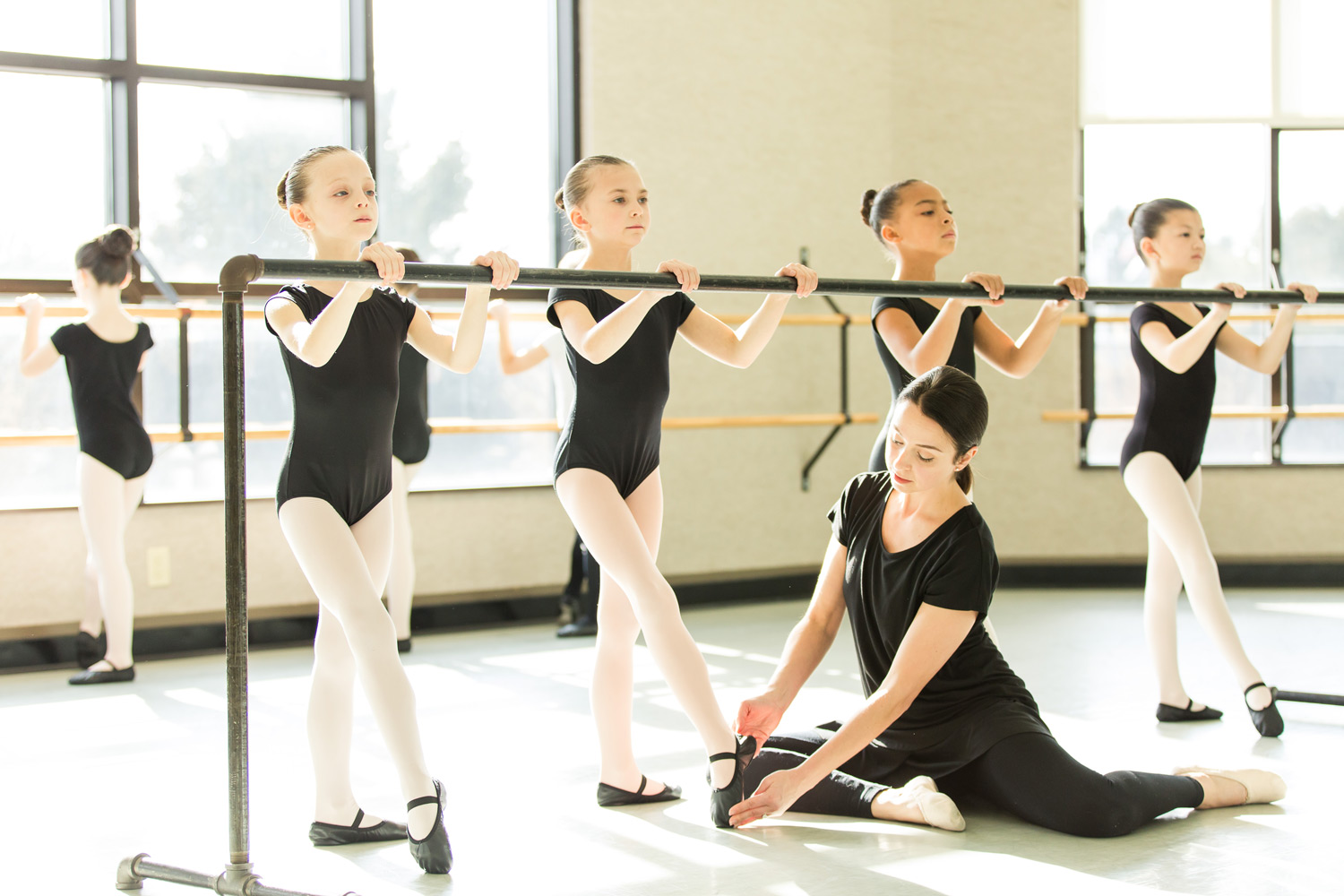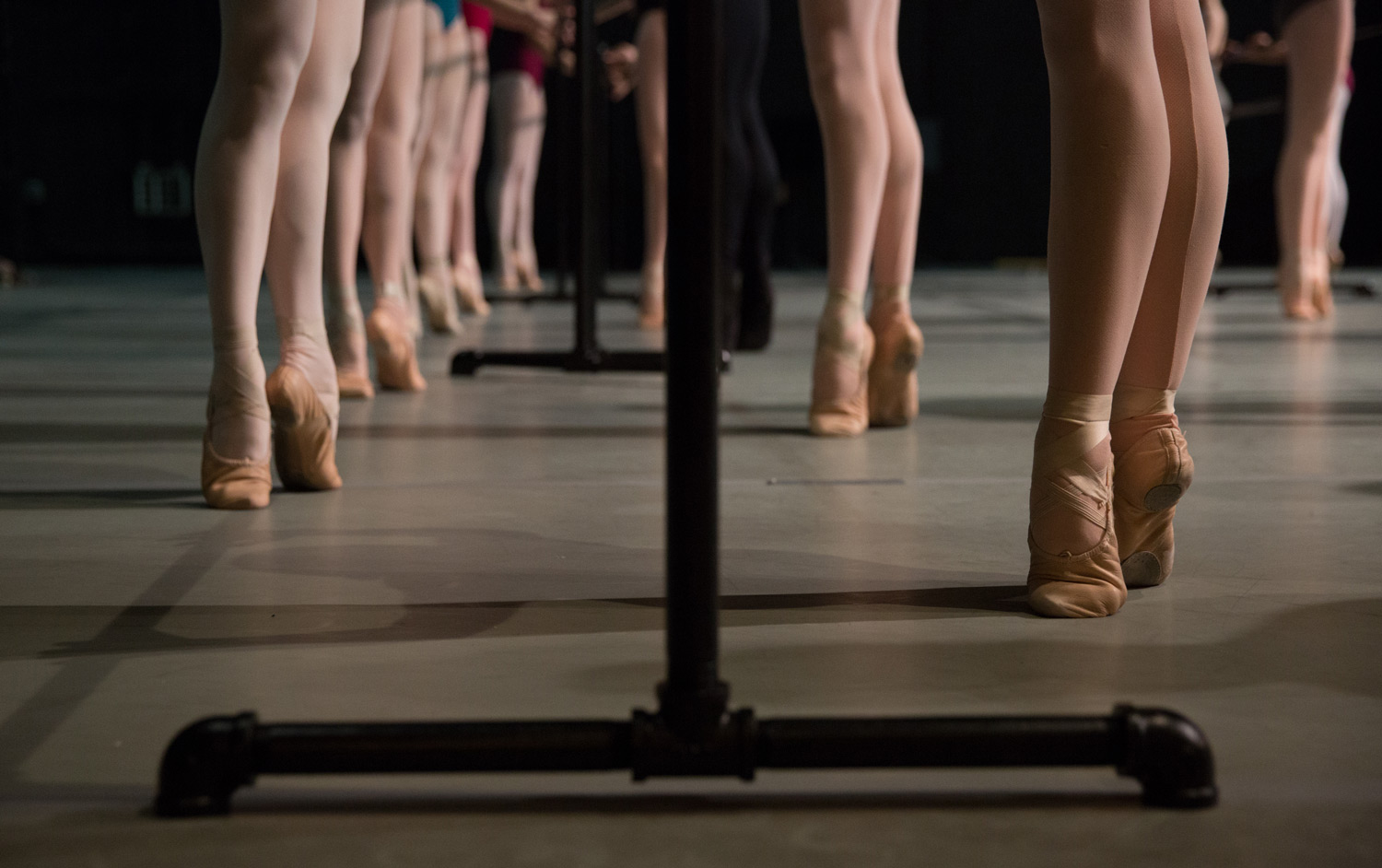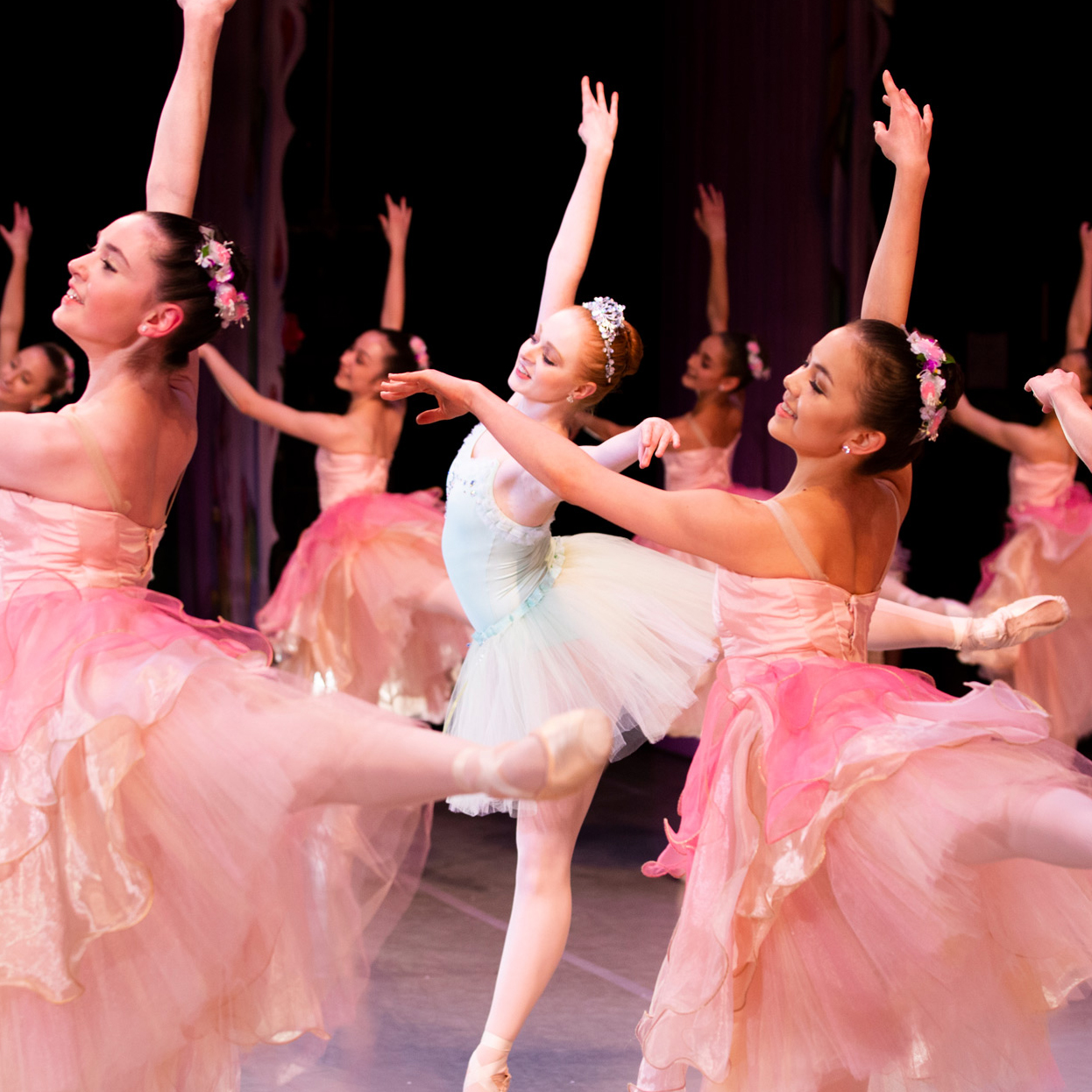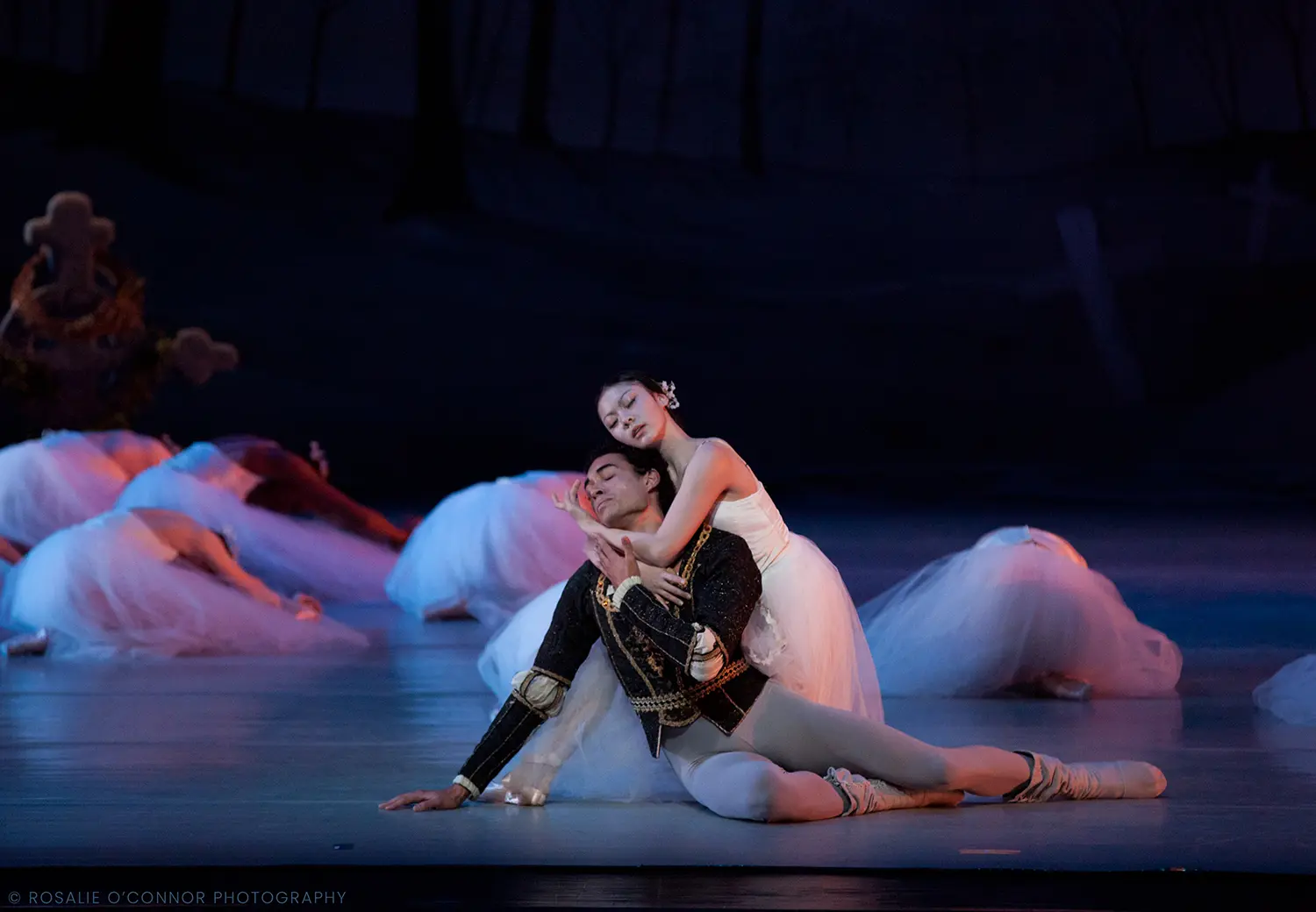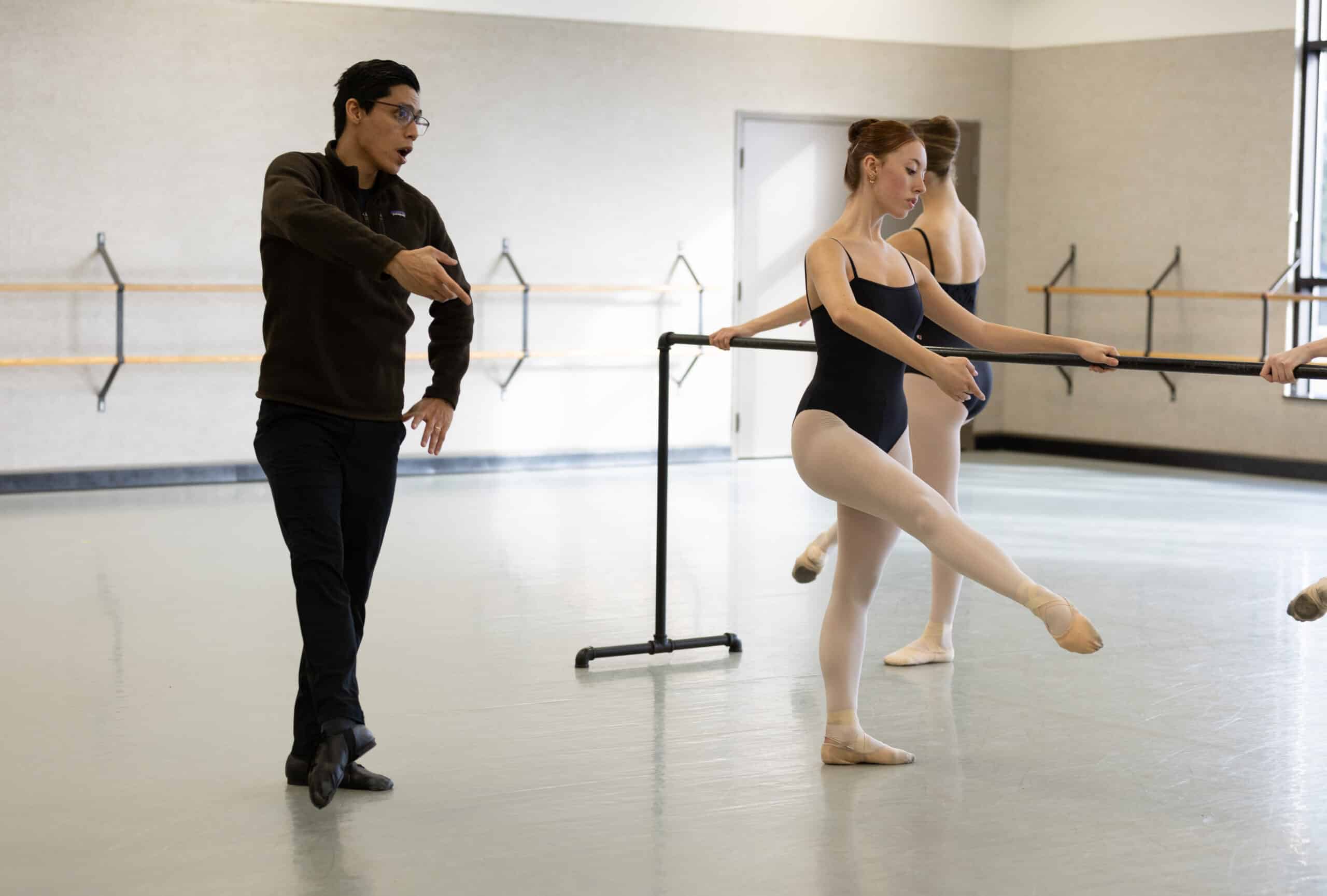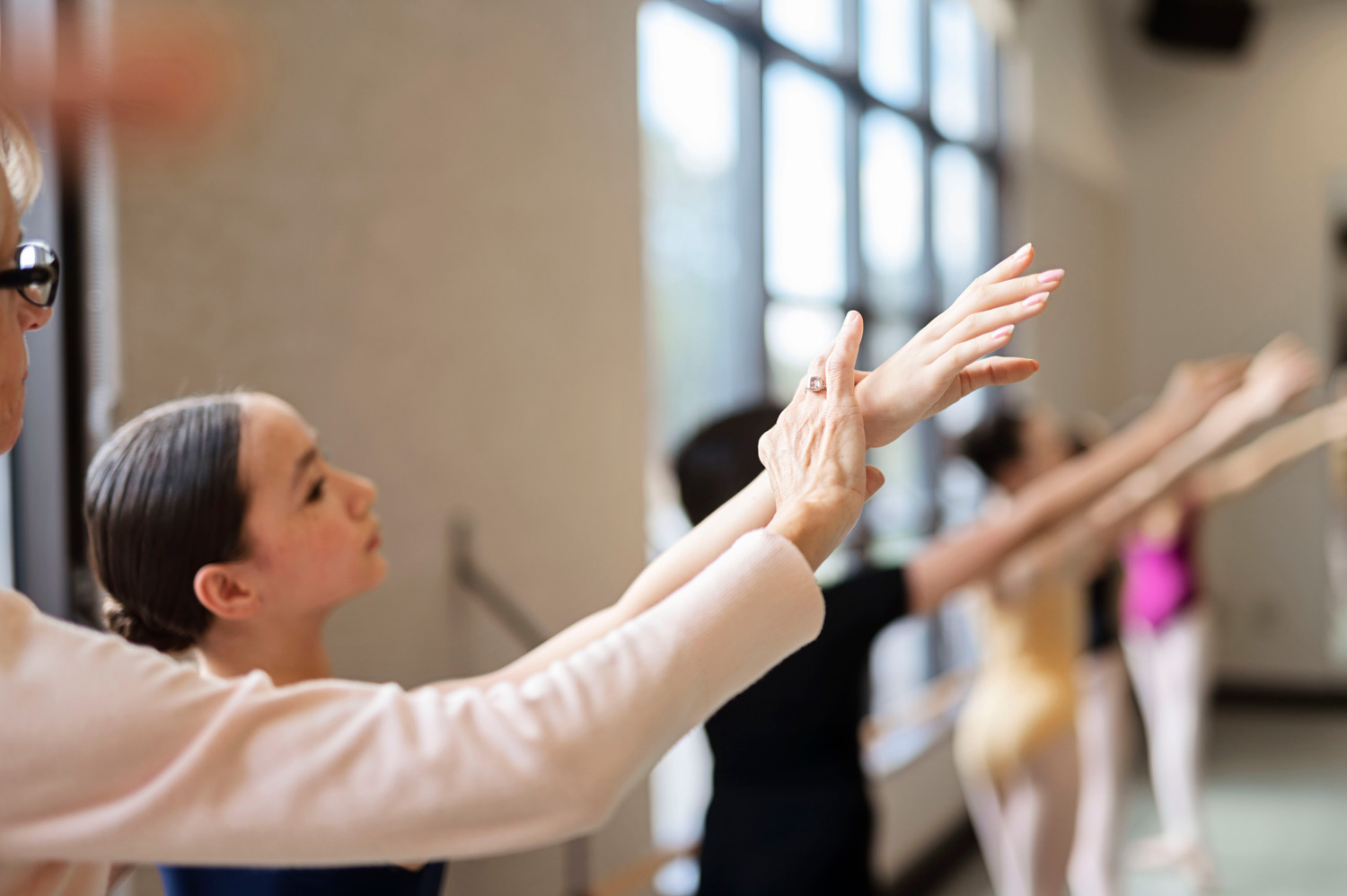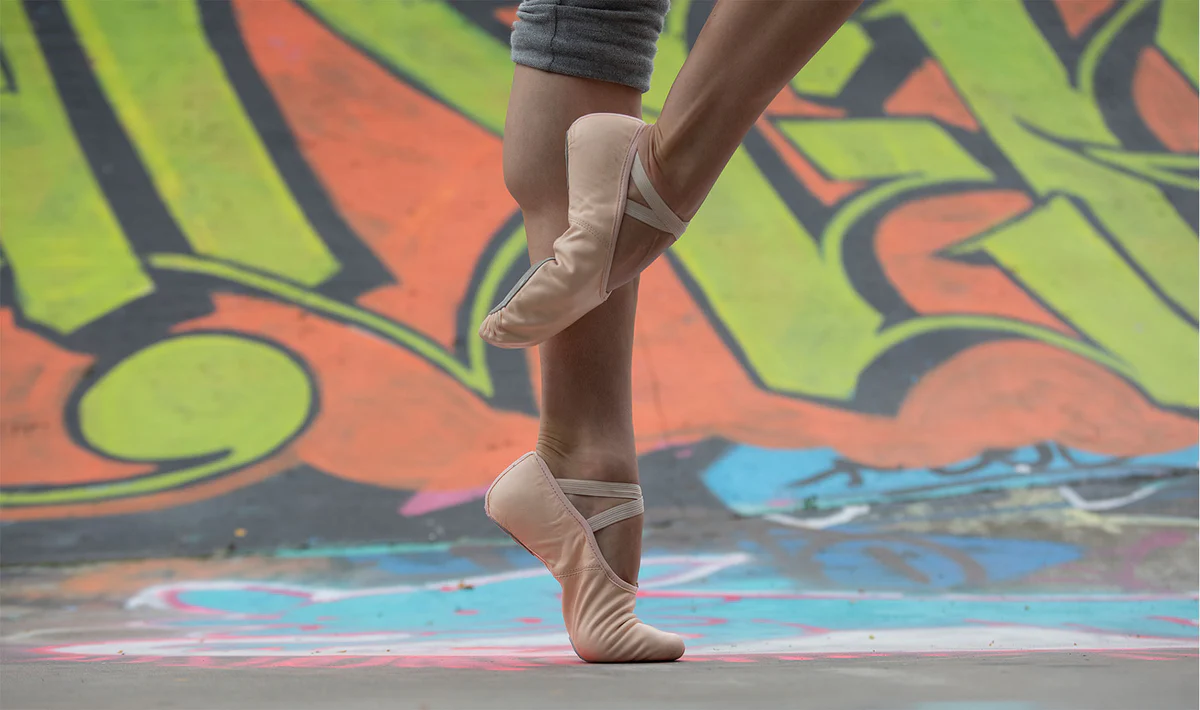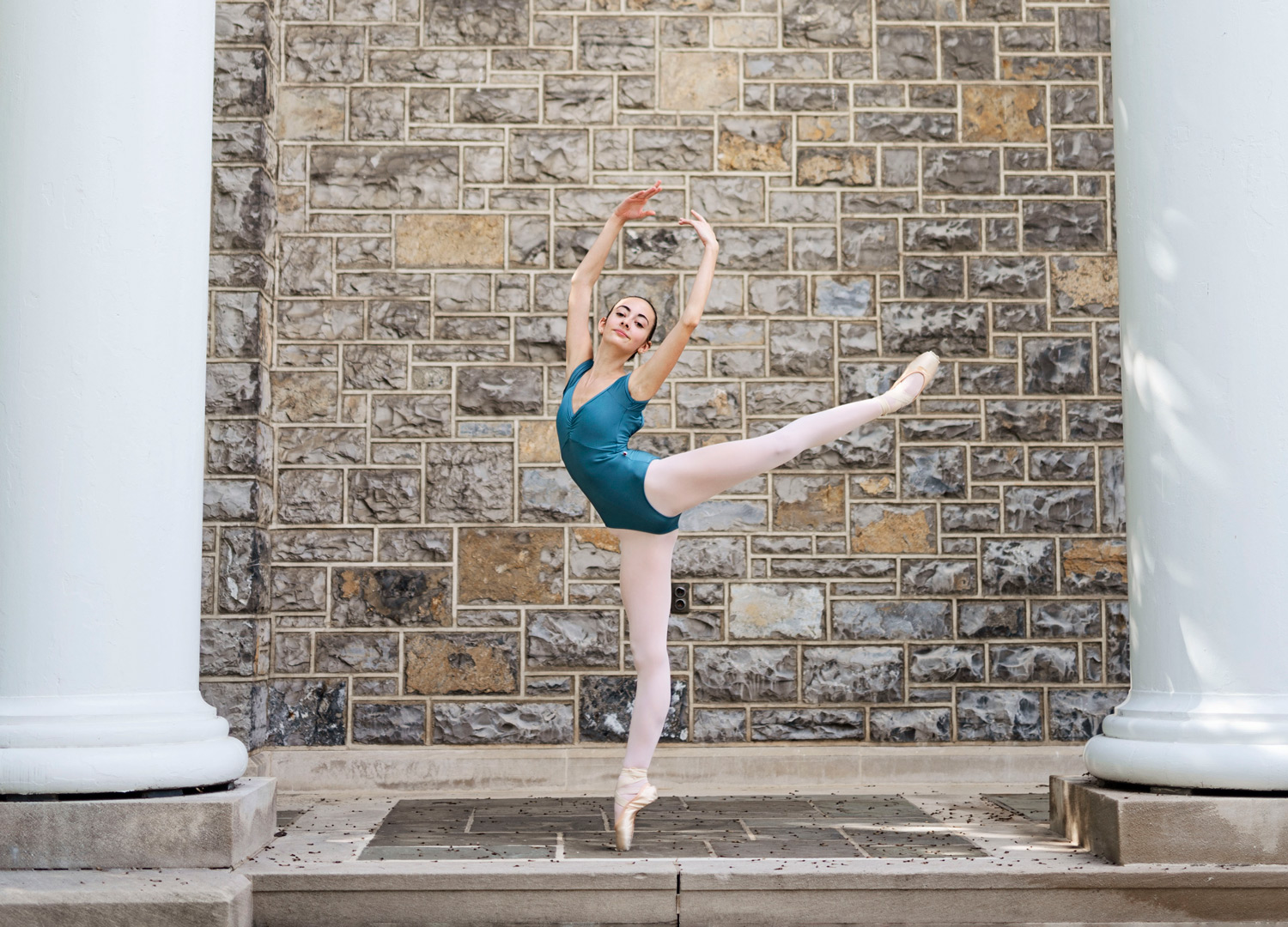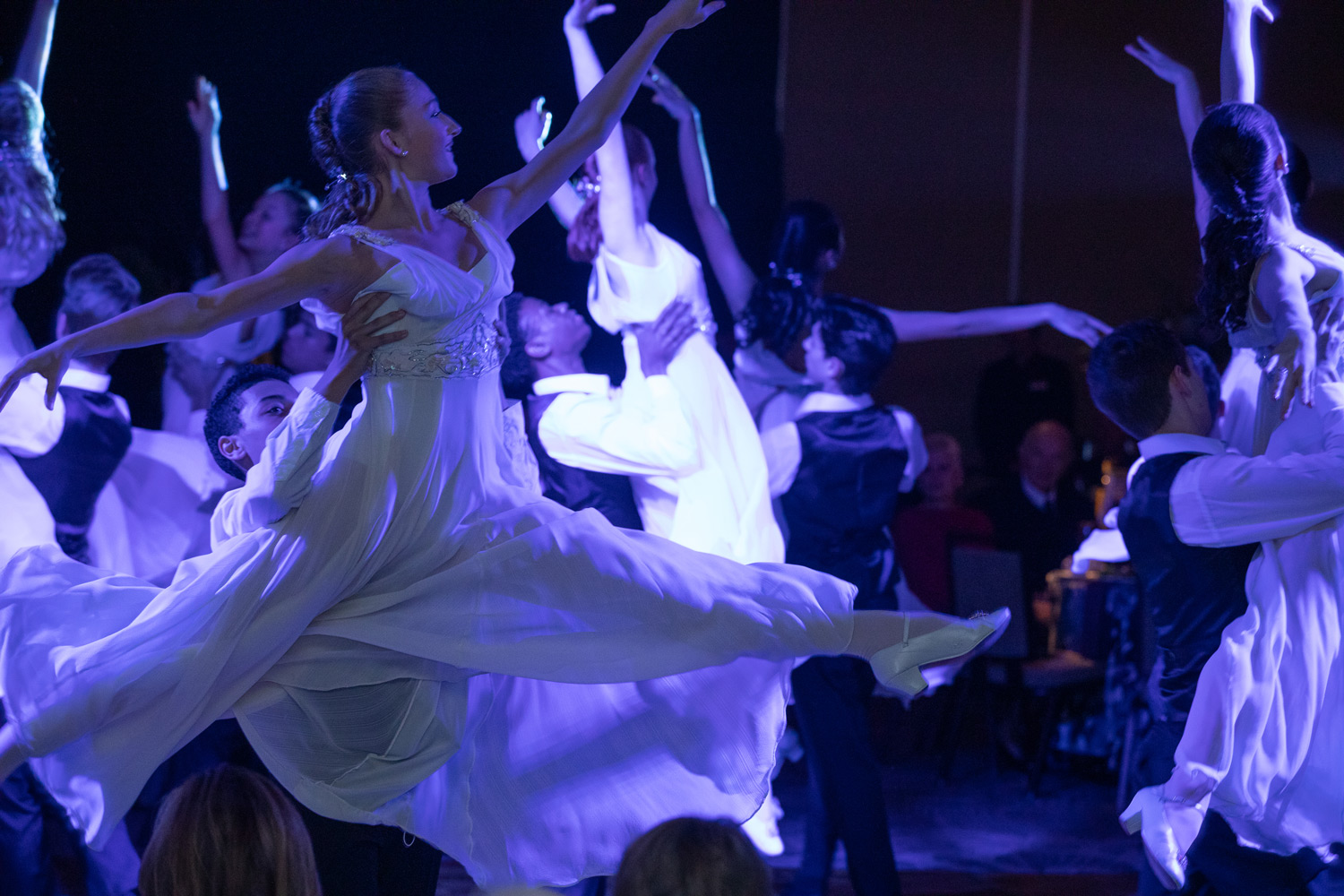Ballet, one of the most classical and artistic forms of dance, has a rich history. It first emerged during the Italian Renaissance in the 15th century, before France and Russia developed the techniques further. Additionally, the word “ballet” itself is a French word derived from the Italian word “Balletto,” which means “to dance.”
Ballet has become famous worldwide in the 20th century, infiltrating cultures from countries all around the world. That said, a little knowledge goes a long way—here’s a quick overview of the art:
The Many Ballet Styles
Earlier ballet styles, such as French ballet, Italian ballet, and Russian dance, were associated with geographical roots. The latest techniques, such as neoclassical ballet and contemporary ballet, merged classical ballet with various dance methods.
The romantic era brought the most-performed romantic ballet style in the nineteenth century. Ballerinas, dressed in traditional tutus, frequently portray the magical female who enslaved mortal men’s hearts. This ballet style is distinguished by pointe technique, precise body movements, and powerful emotions. La Sylphide and Coppélia are two of the most well-known romantic ballets.
- Classical ballet terminology and methods separate French, Italian, and Russian styles. The English style included French, Italian, Russian, and Danish characteristics. The Nutcracker and Swan Lake are two of Tchaikovsky’s most famous ballets.
- Contrary to classical ballet, neoclassical ballet has no formal, story, costumes, or set design. It eliminates formality and introduces fresh approaches and ideas. George Balanchine is thought of as the foremost neoclassical choreographer.
- Ballet methods, such as classical ballet, are combined with modern, ethnic, and jazz dance styles in contemporary ballet. With contemporary ballet and contemporary dance, motions are more significant and quicker, including floor work, barefoot dancing, and acting.
Methods of Ballet
Systematic and standardized classical ballet training programs are frequently developed by a single designer or a ballet company. However, no single originator has standardized the French and American ballet styles as a training system or method.
- The Cecchetti method (Italian) was named after ballet dancer Enrico Cecchetti.
- The Vaganova method (Russian) was named after dancer Agrippina Vaganova, and the Legat method was named after dancer Nikolai Legat.
- Professional ballet dancers developed the Royal Academy of Dance training method (English).
The Ballet Hierarchy
Ballet companies are organizations that manage ballet productions and sometimes tours. They train, hire, and pay talented performers. In every company worldwide, there are gender-neutral hierarchies to demonstrate roles and responsibilities:
- Principal
- Soloist
- Corps de ballet
- Apprentice
Conclusion
Different Ballet styles share many commonalities. All of them focus on distinct parts of the art, but most modern ballet dances are based on traditional French ballet.
Are you interested in taking ballet for teens? Central Pennsylvania Youth Ballet has been trusted to offer ballet training for 66 years and counting. Credible and professional, we offer the finest ballet lessons for the youth, scholarships, and a wide array of opportunities. Contact us today and begin your child’s ballet journey!
